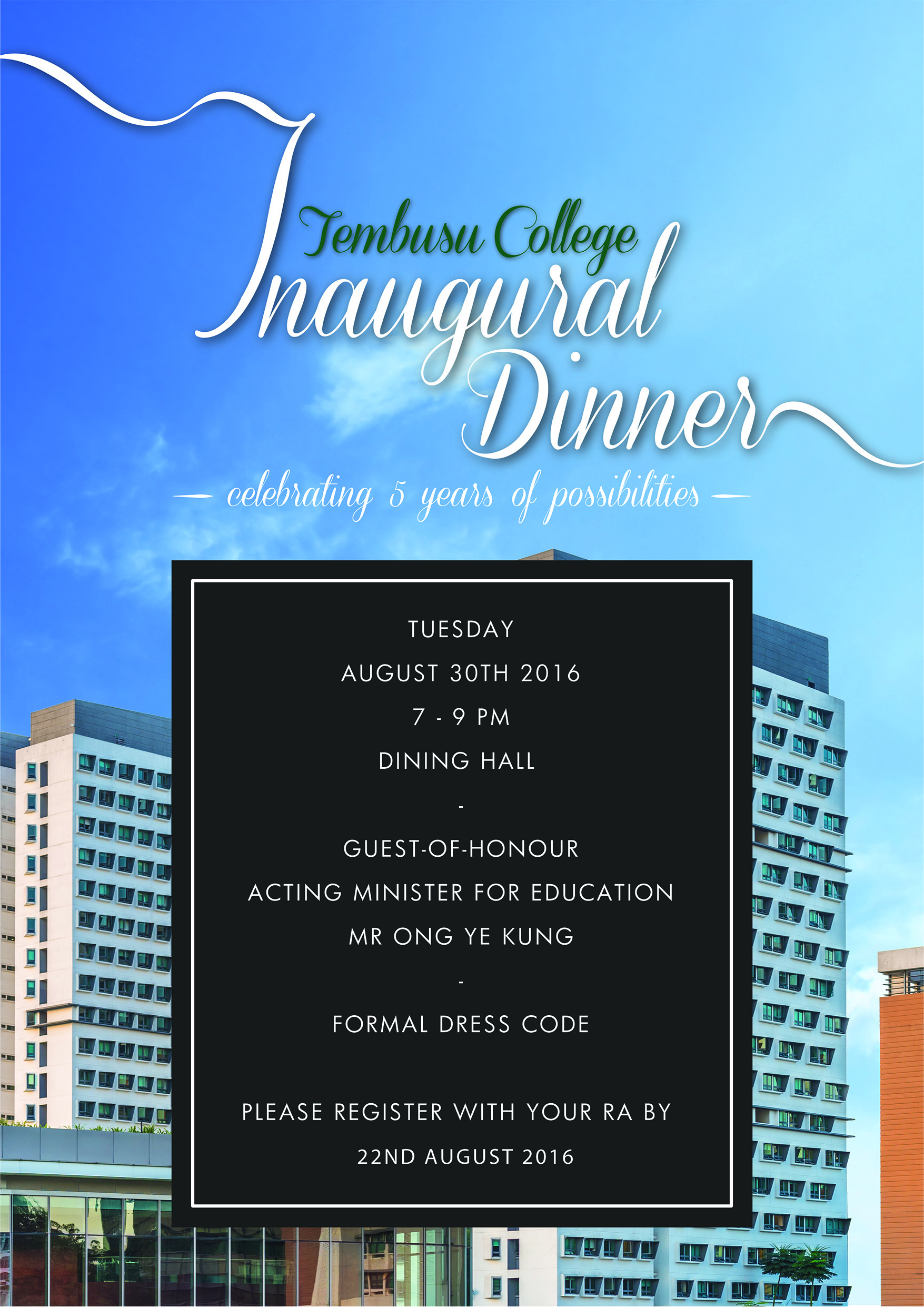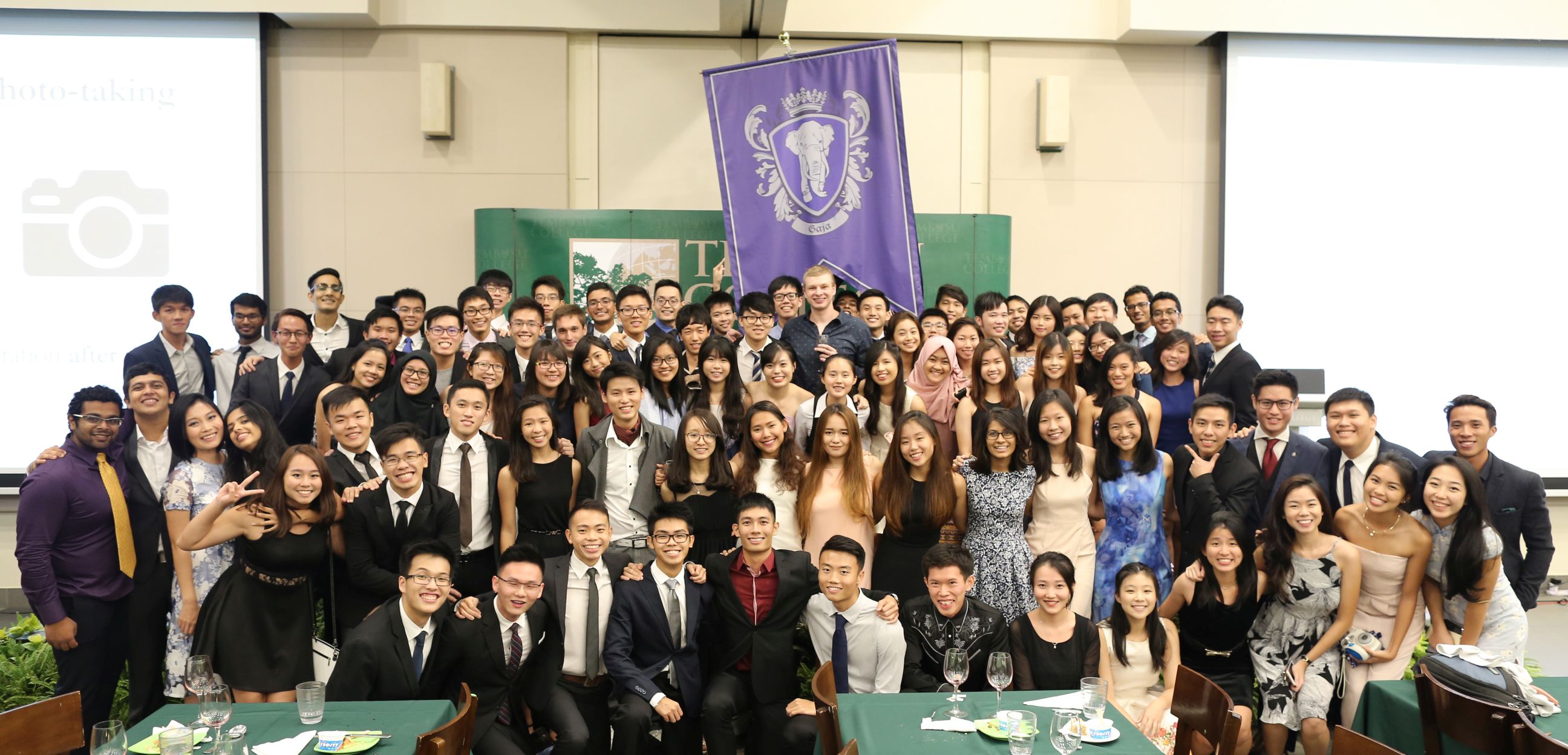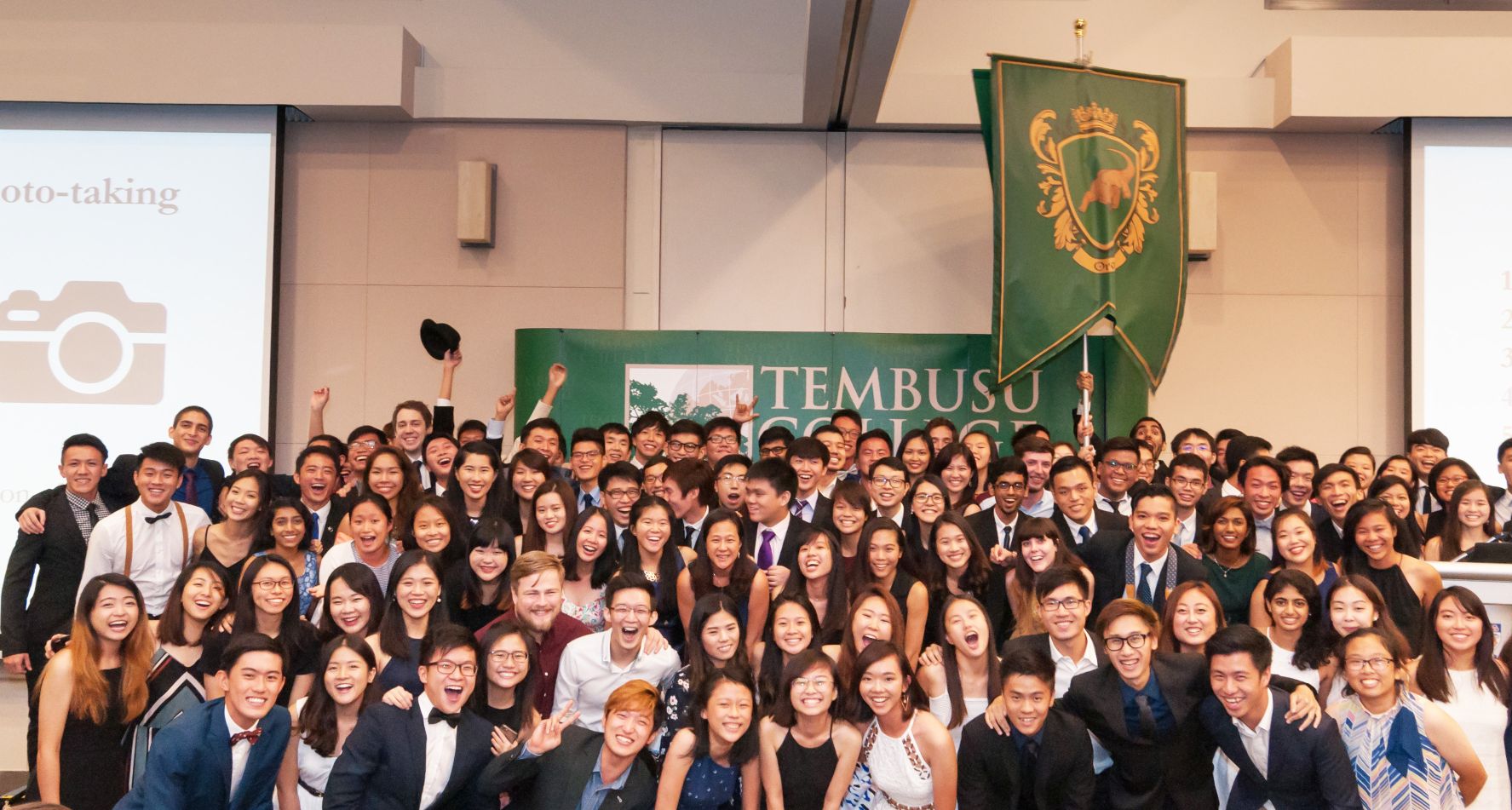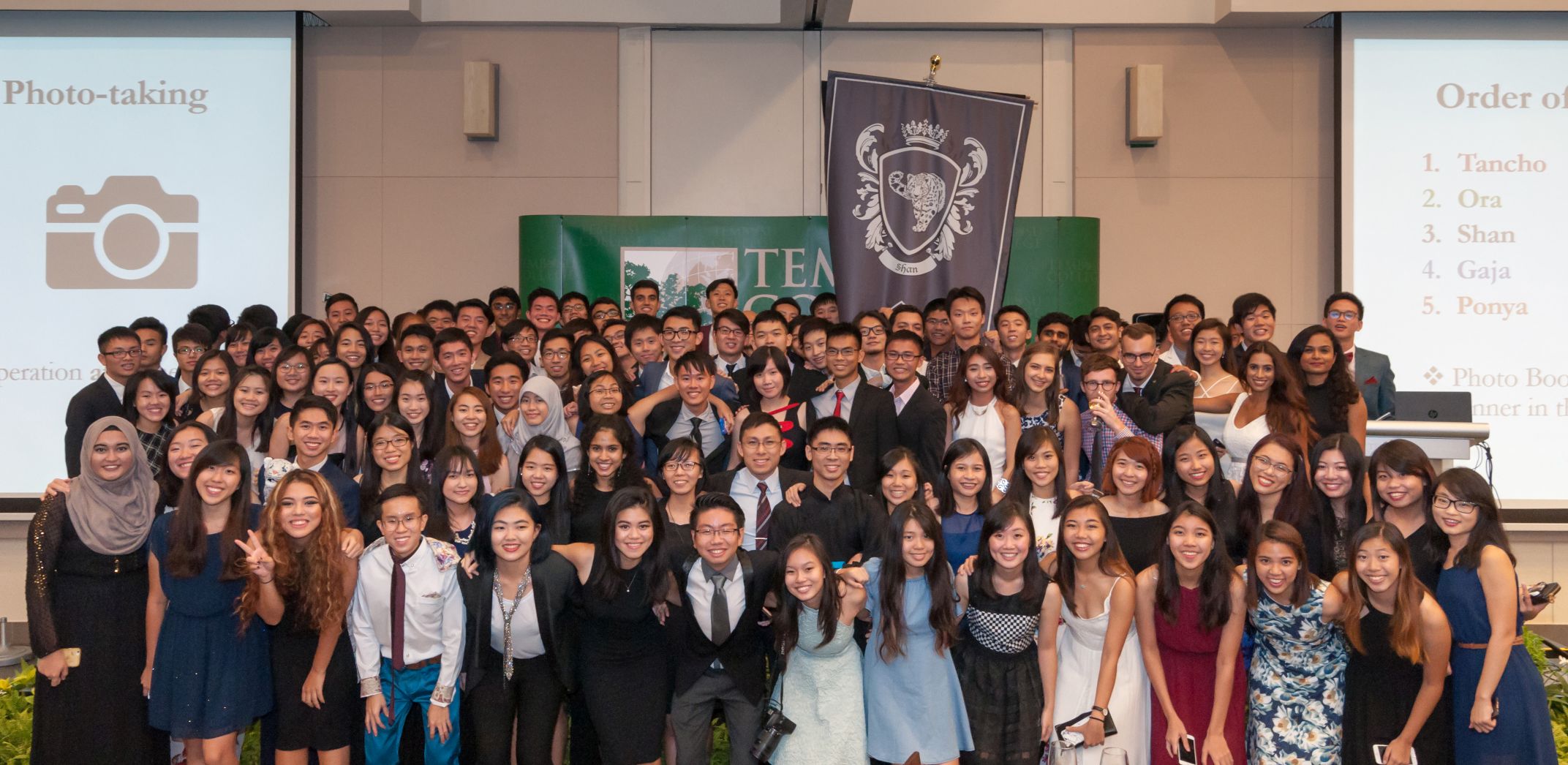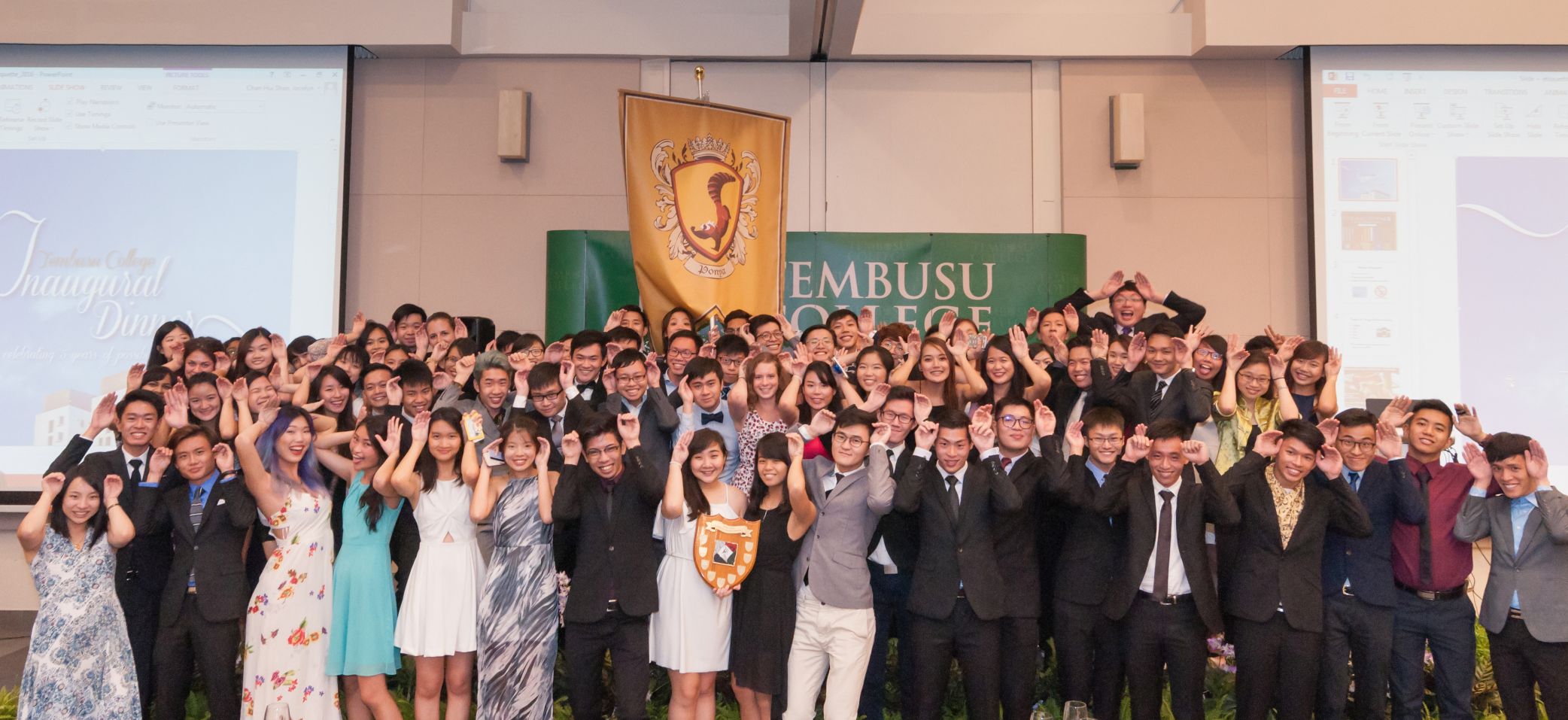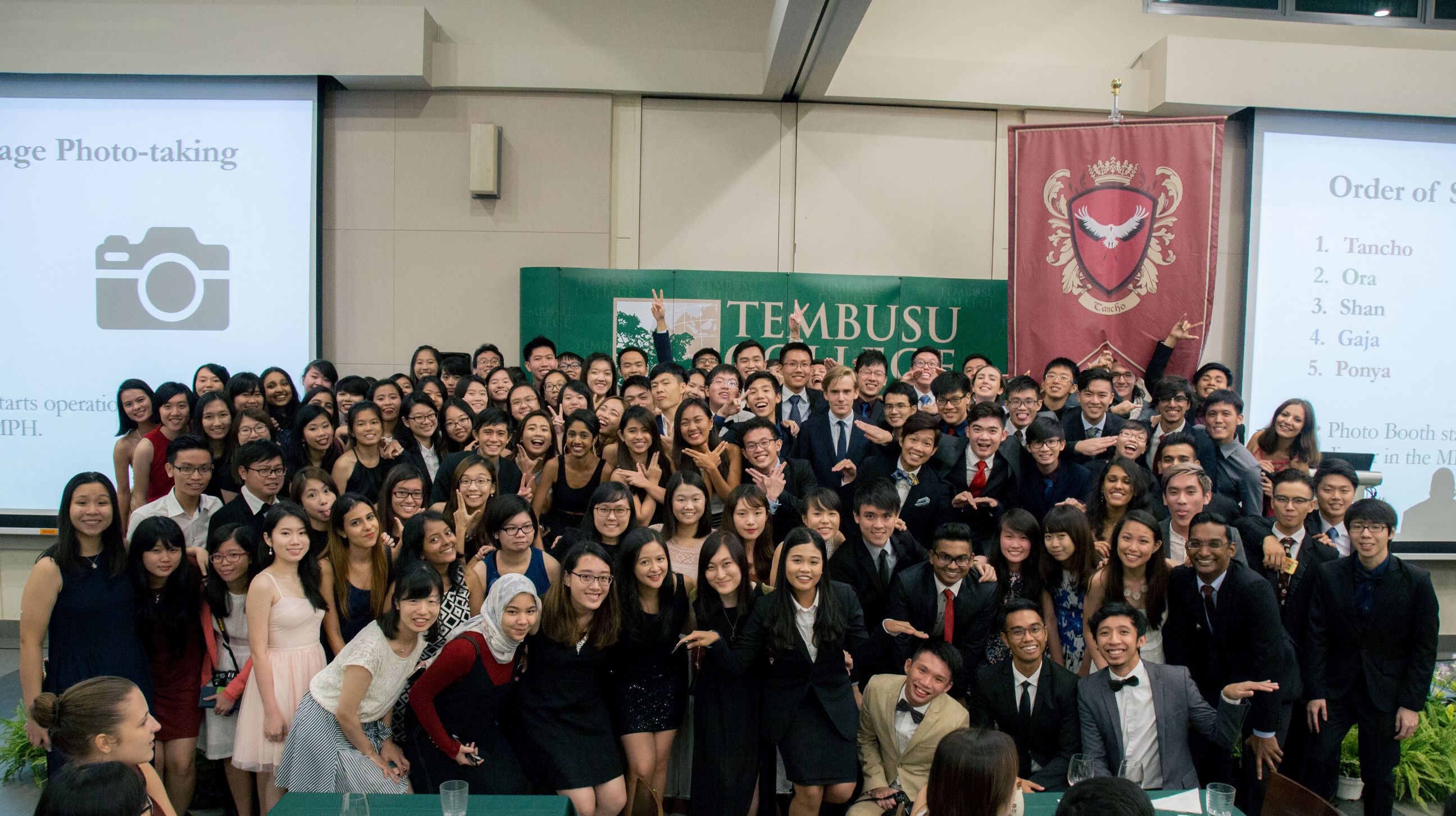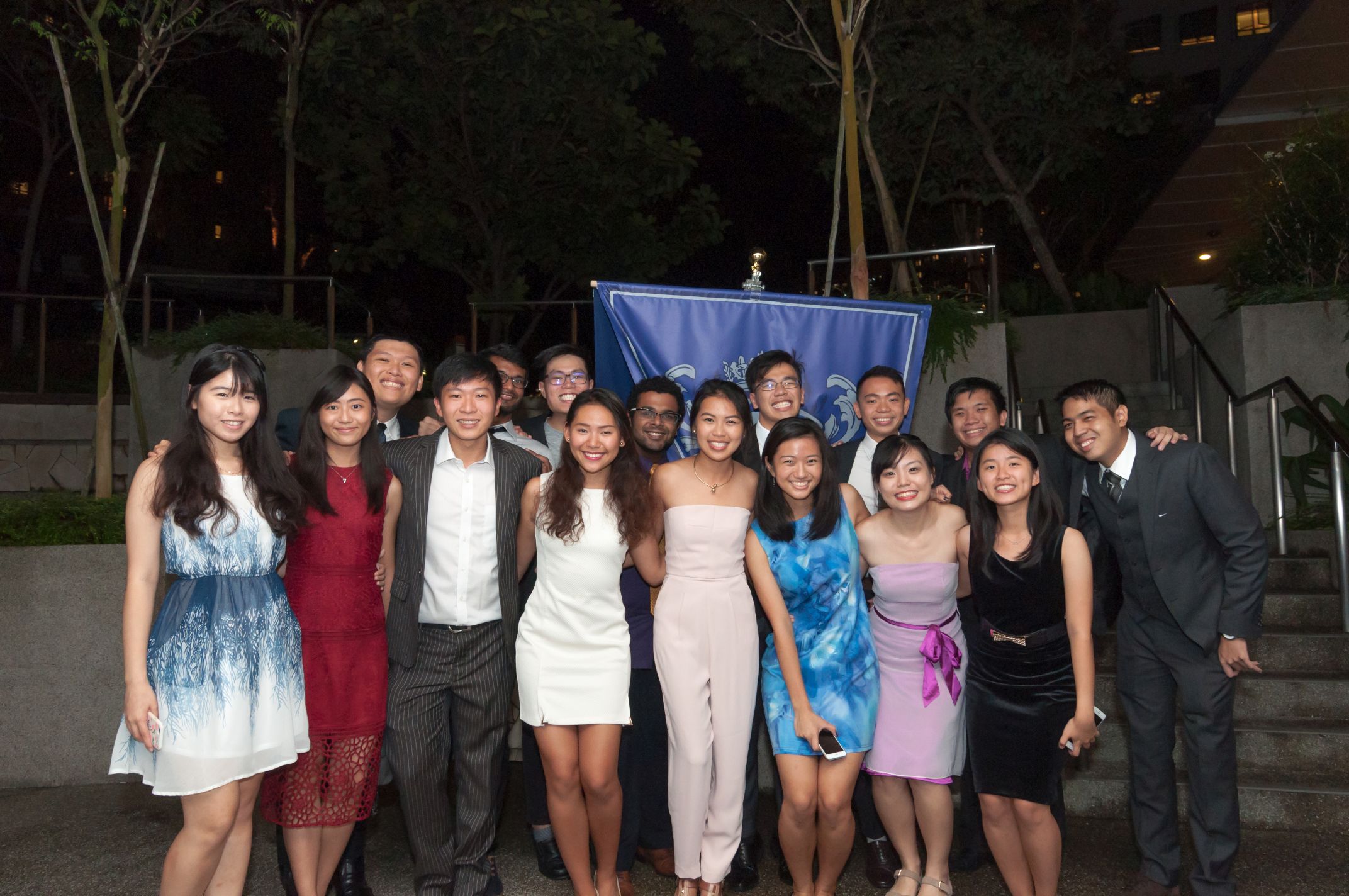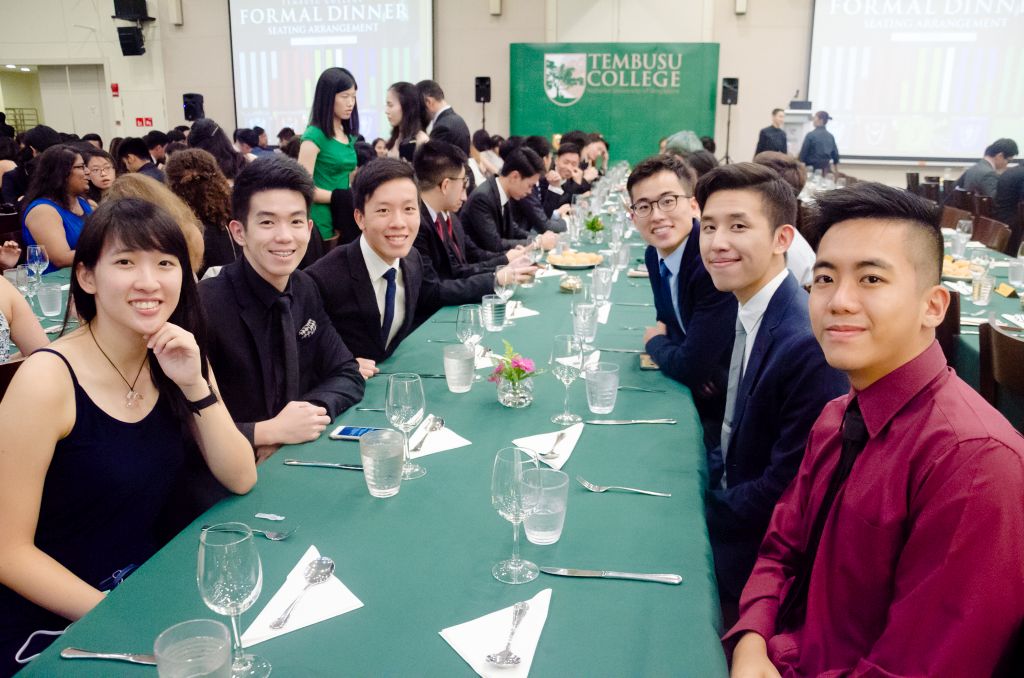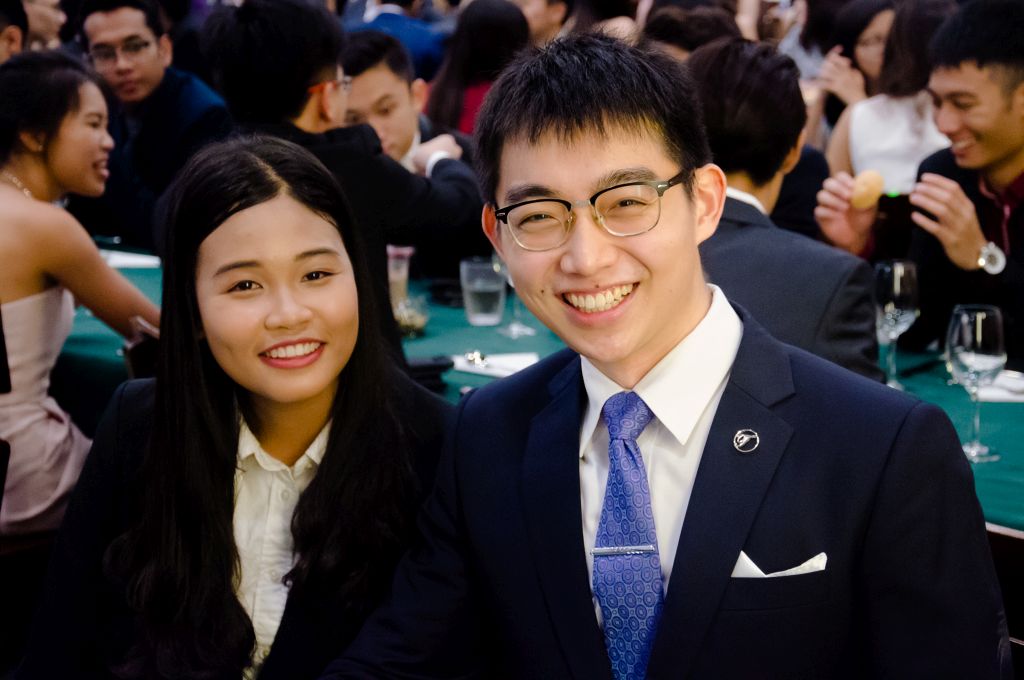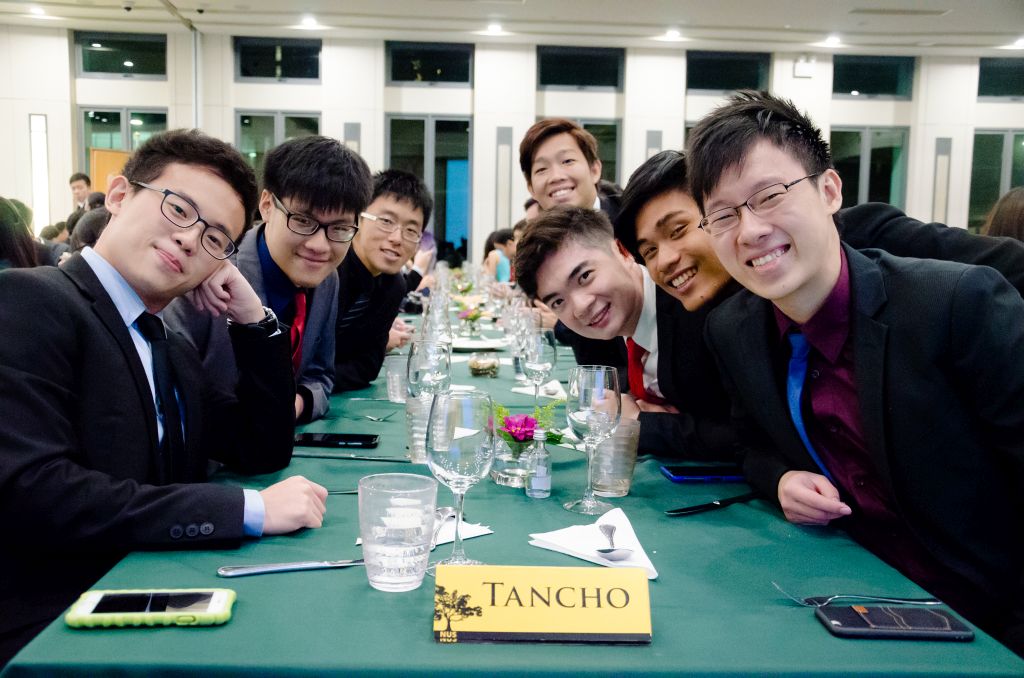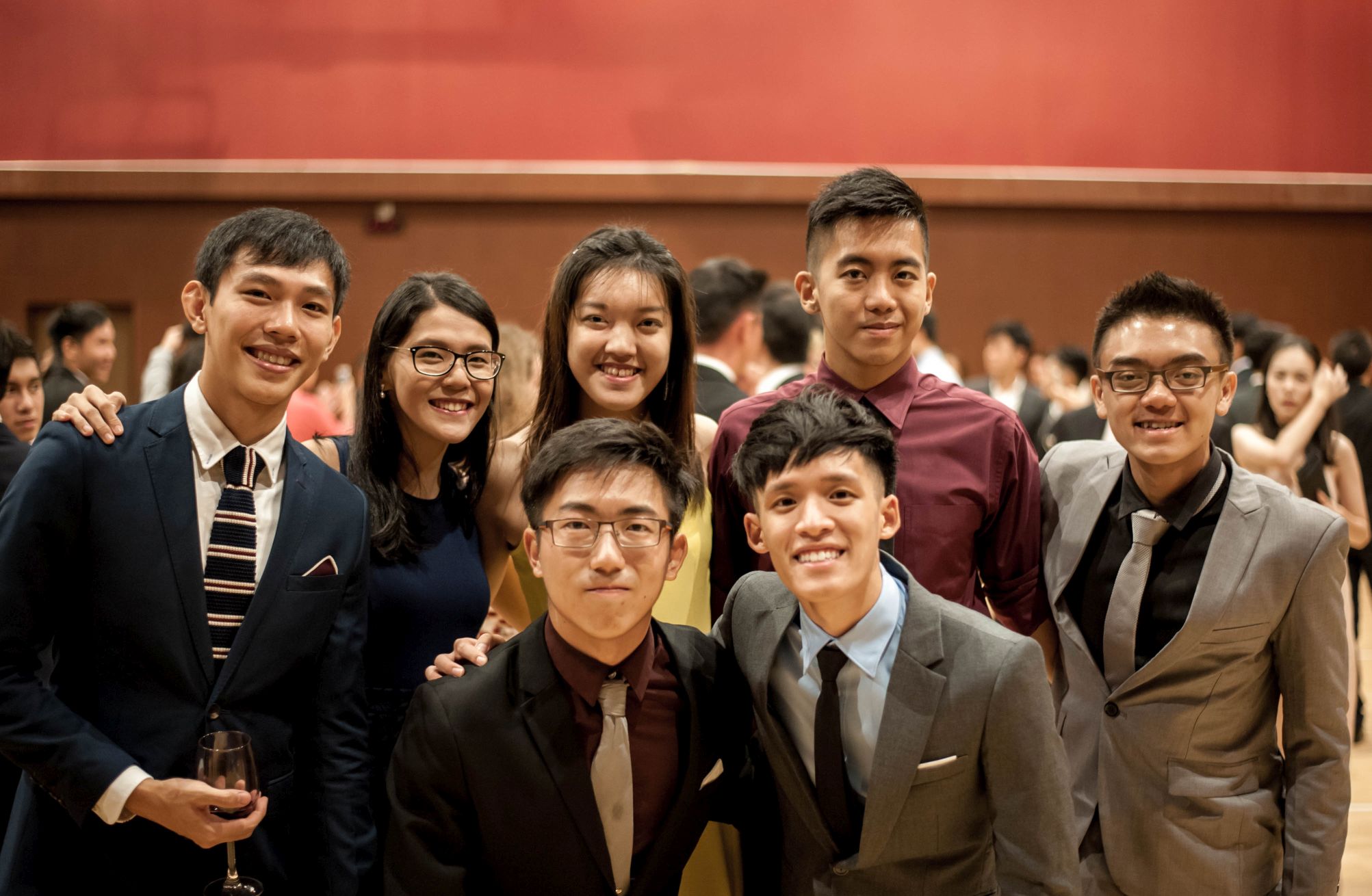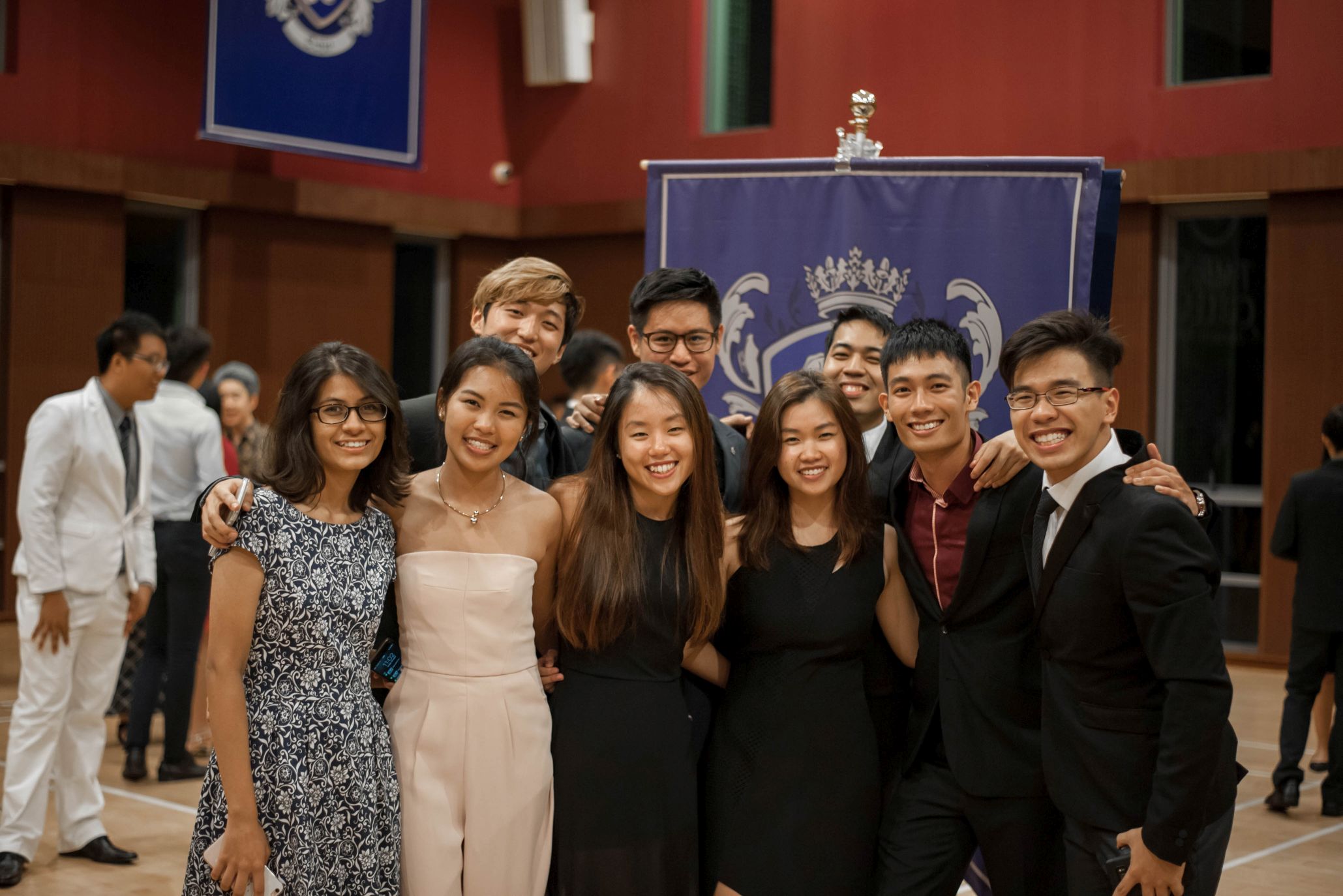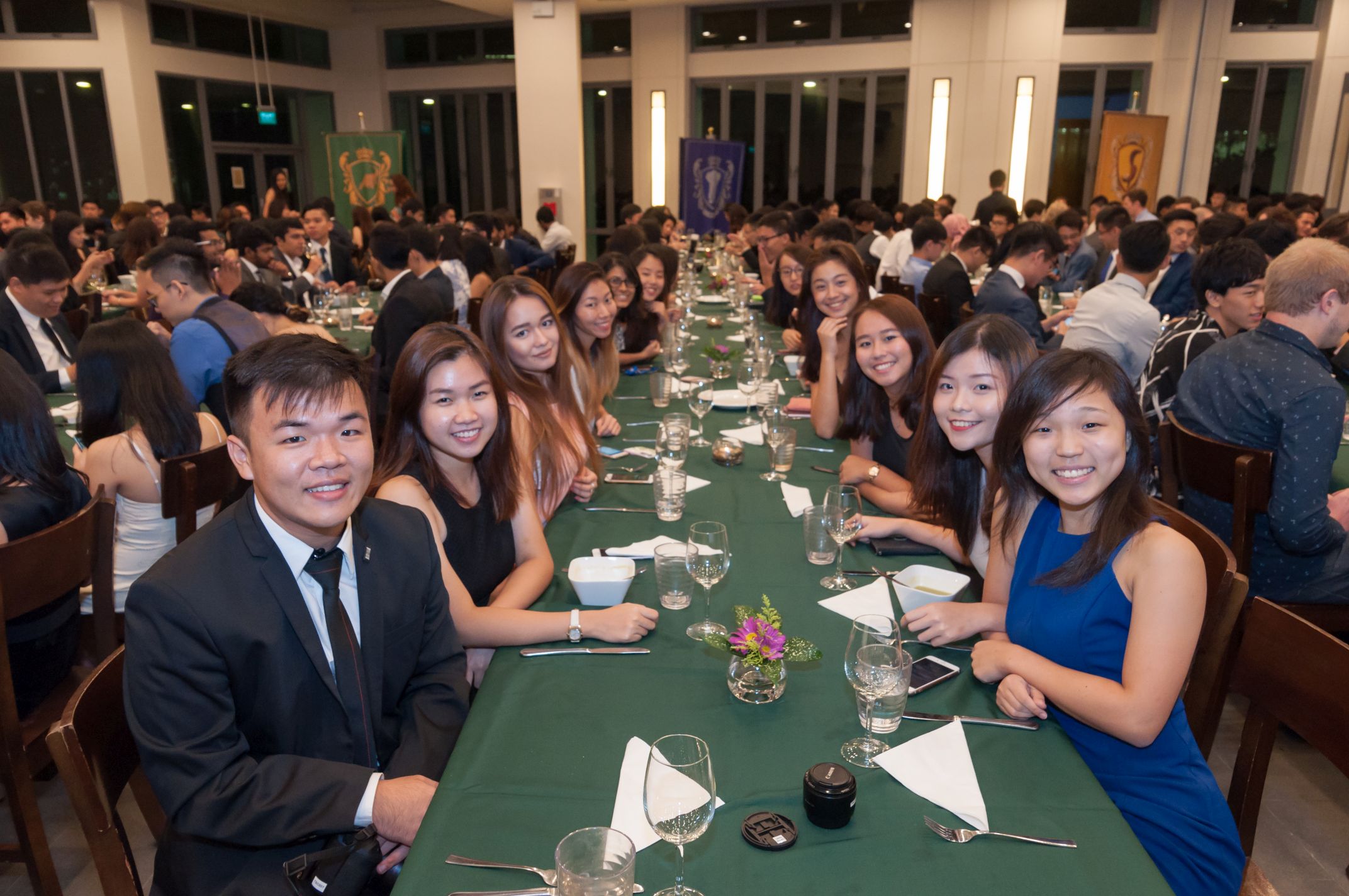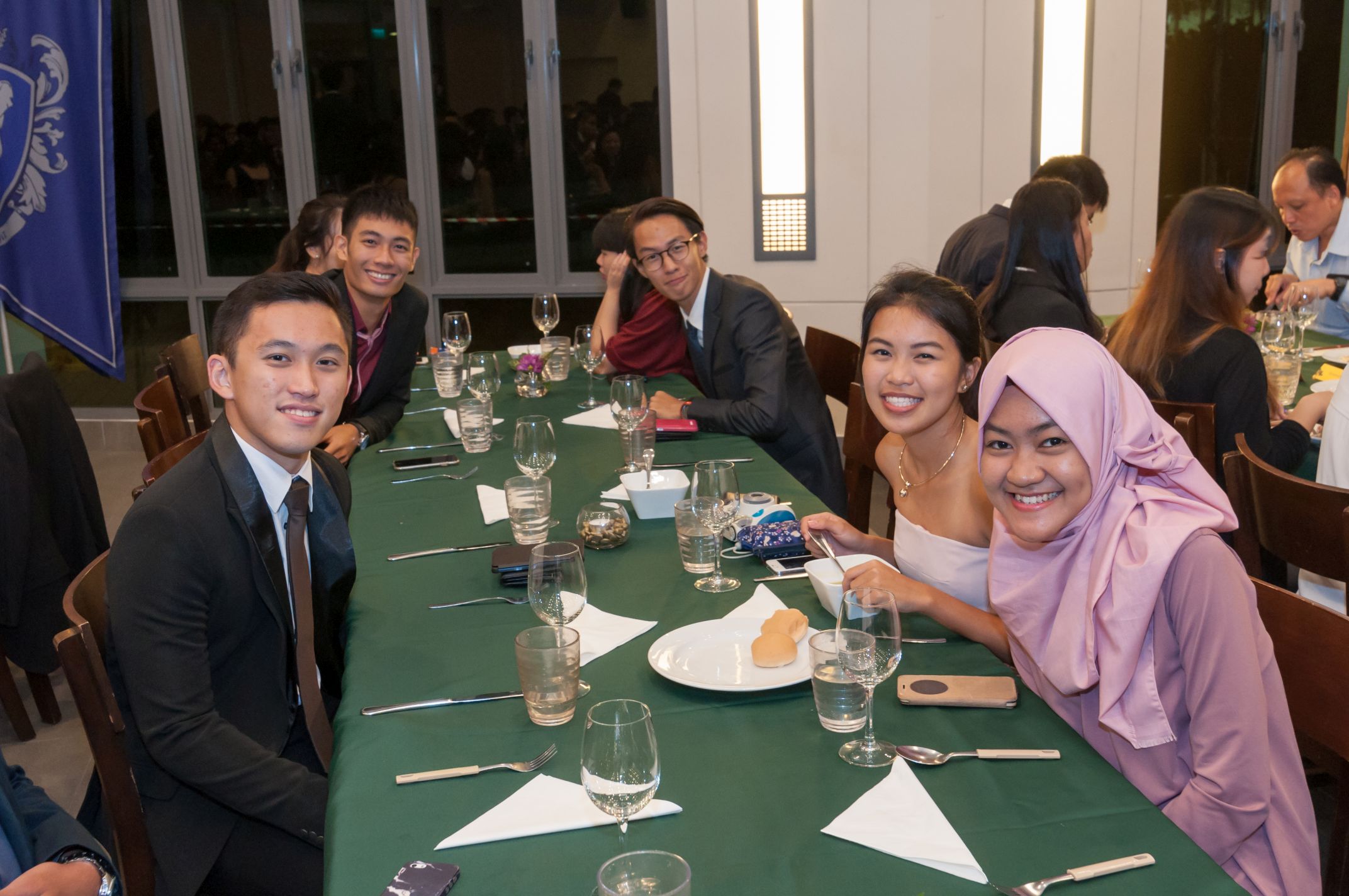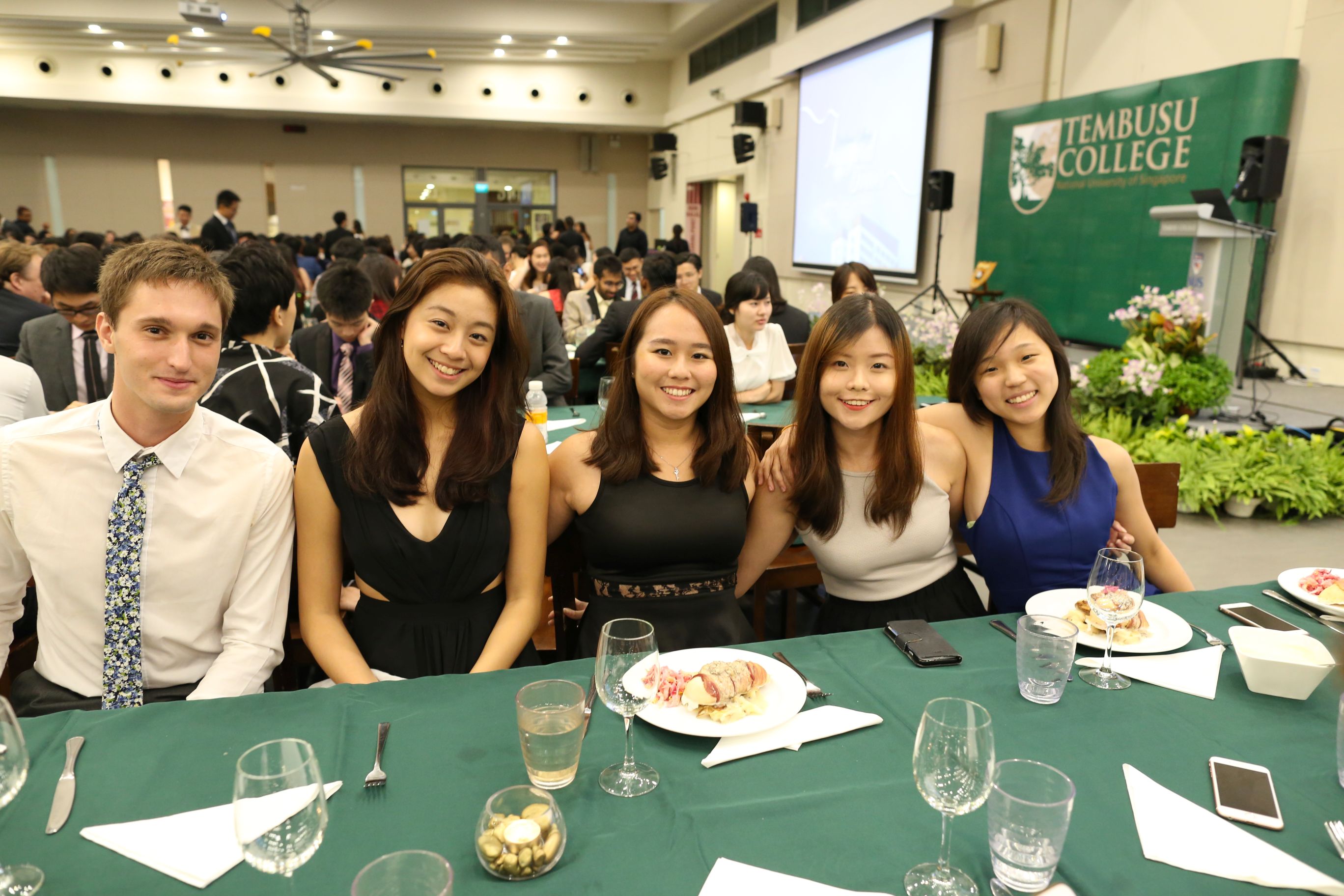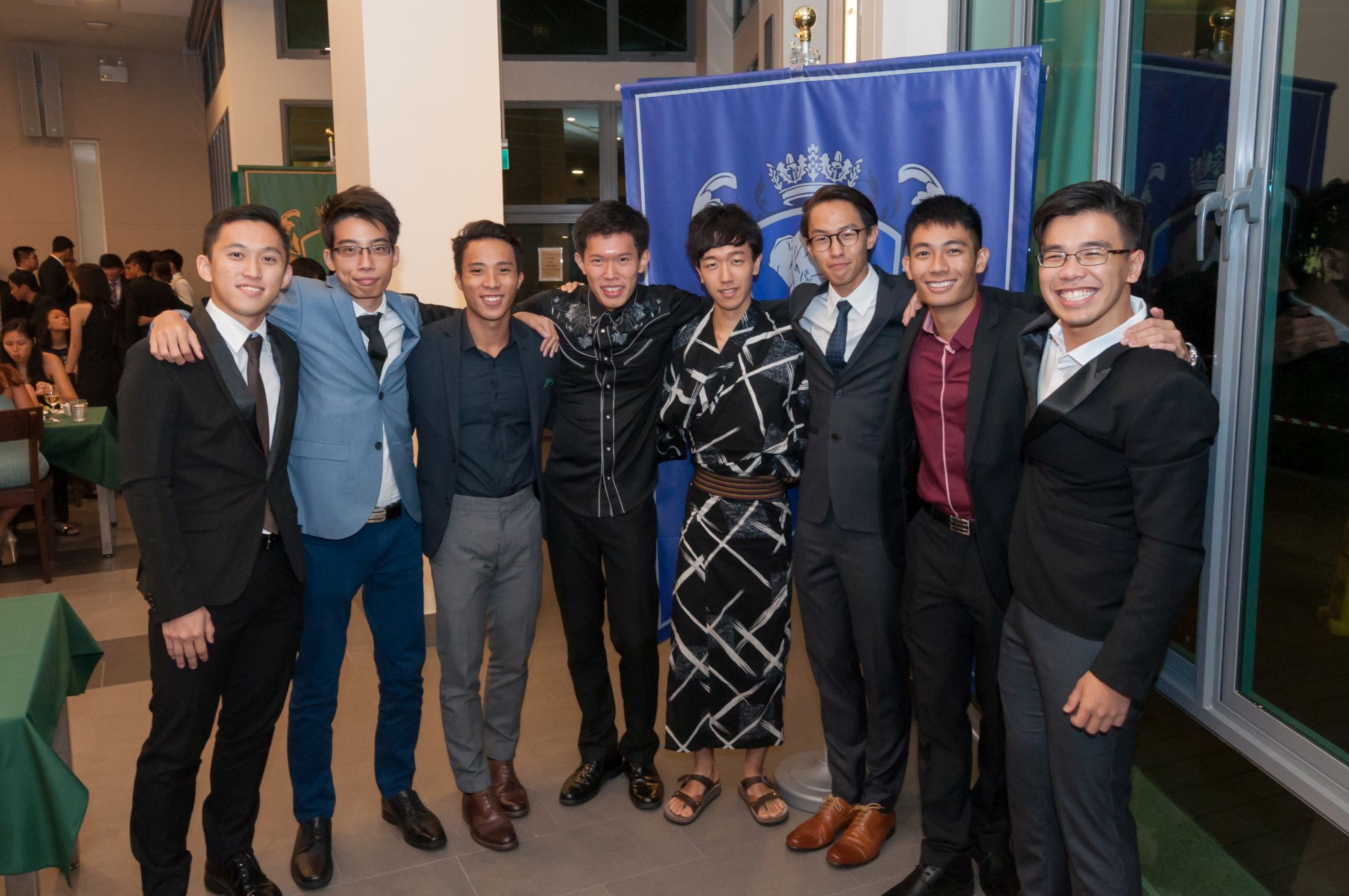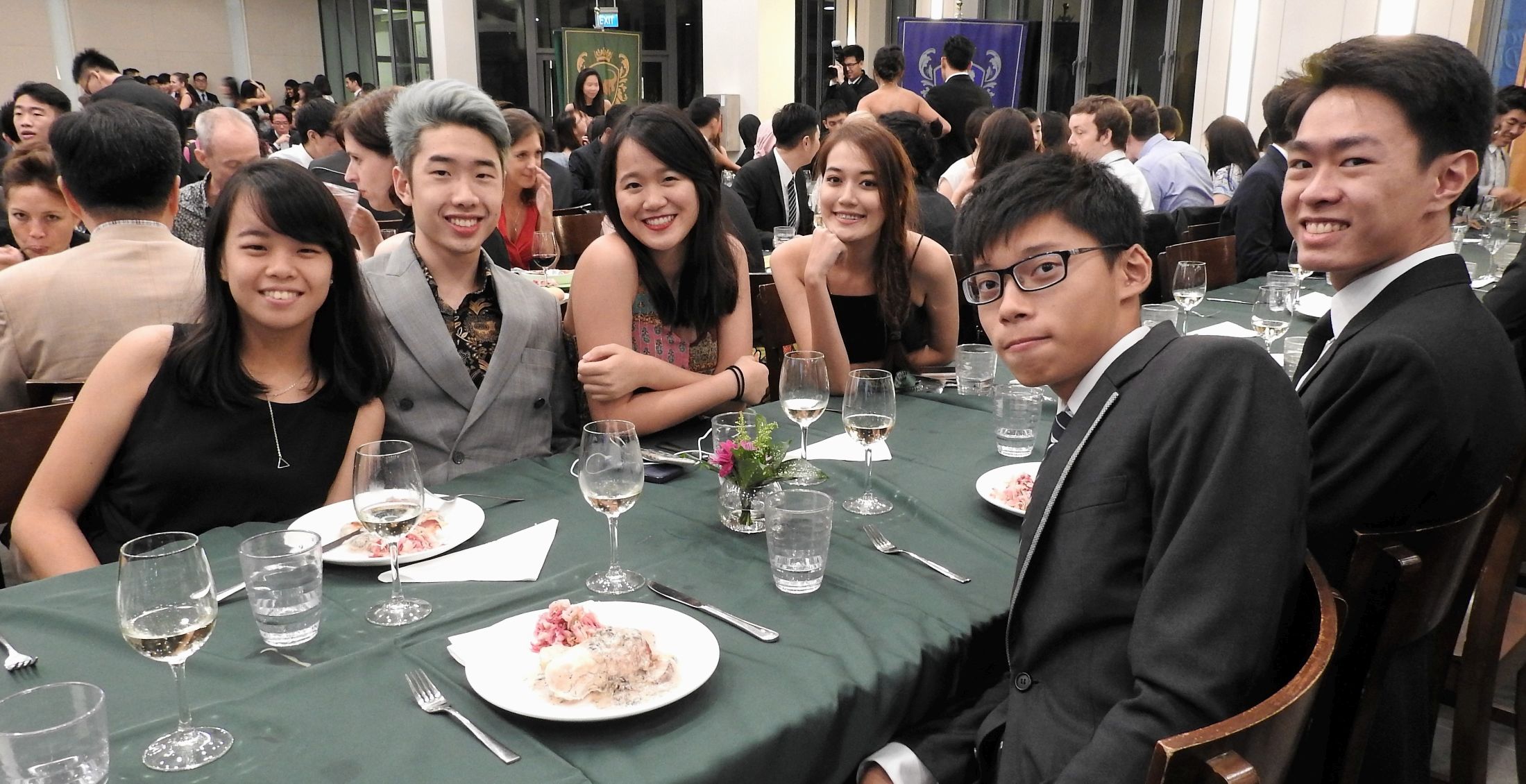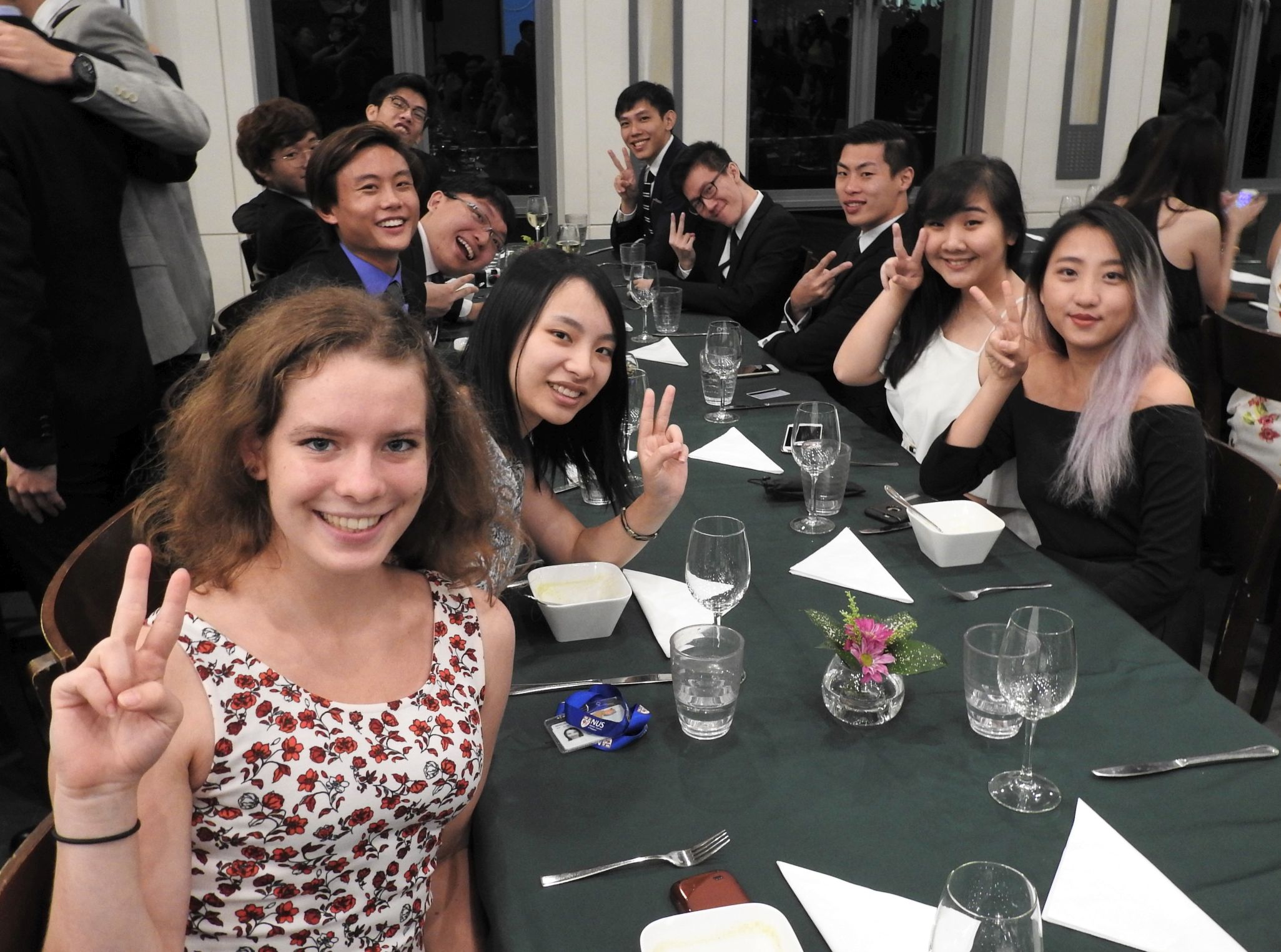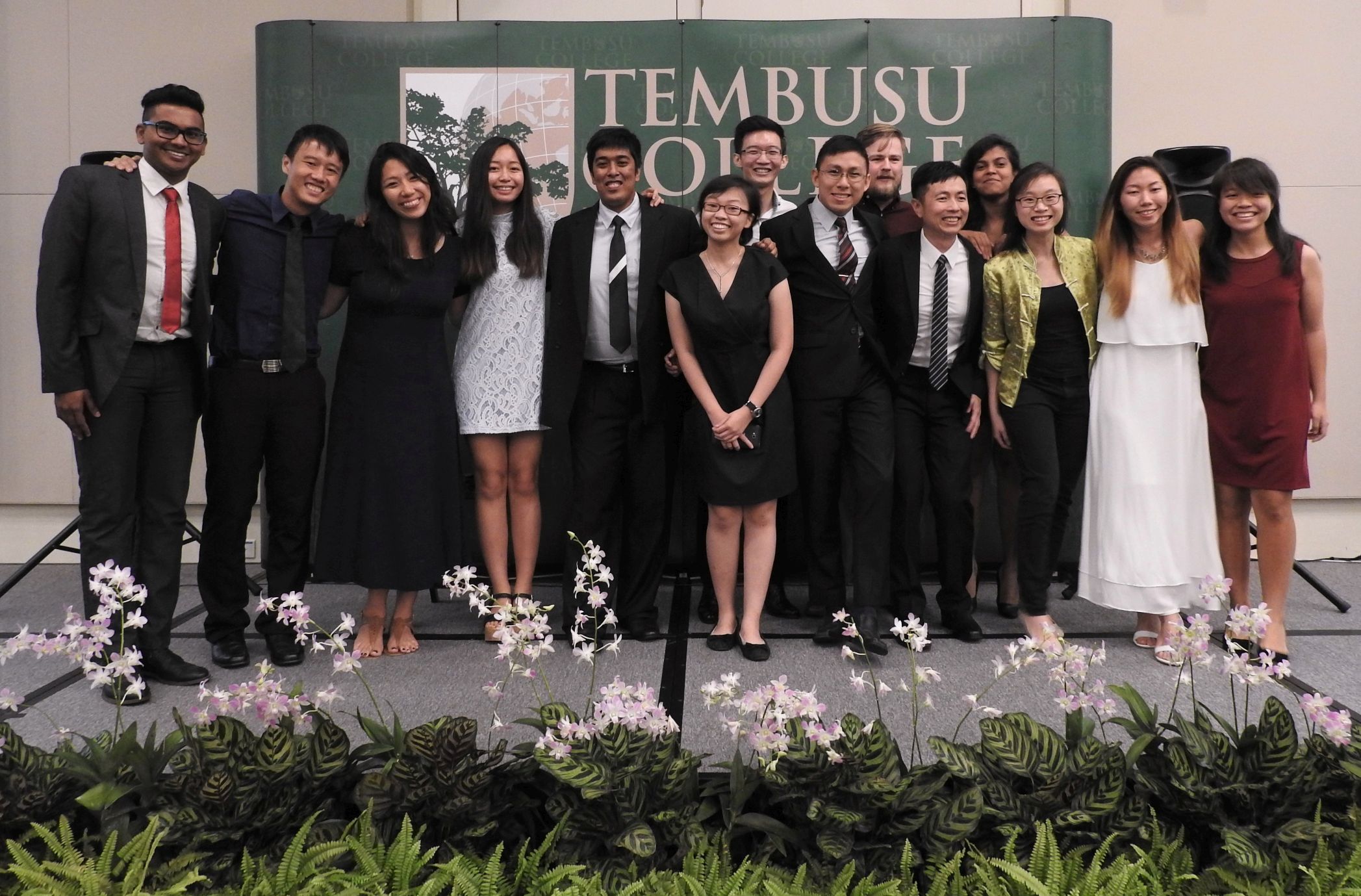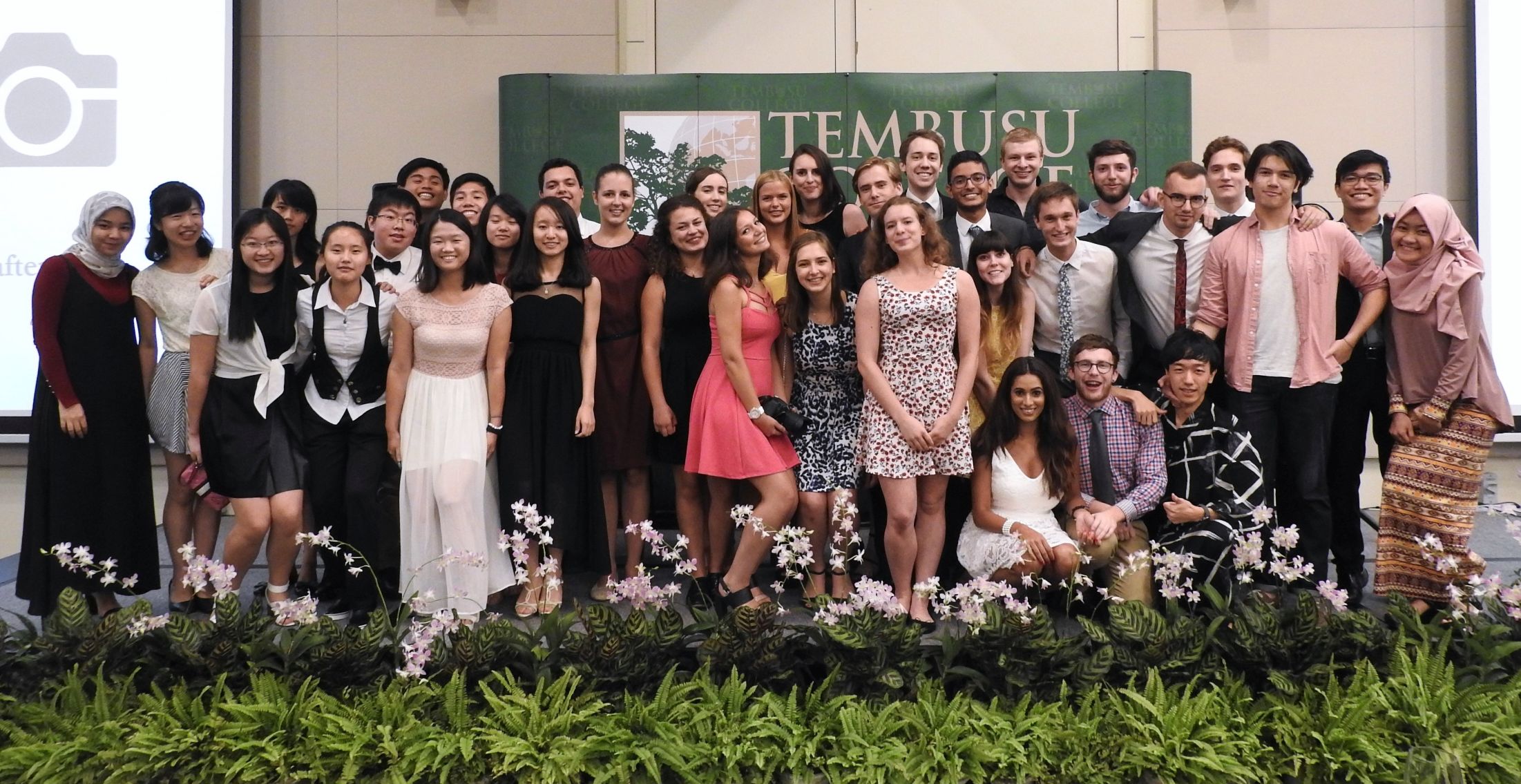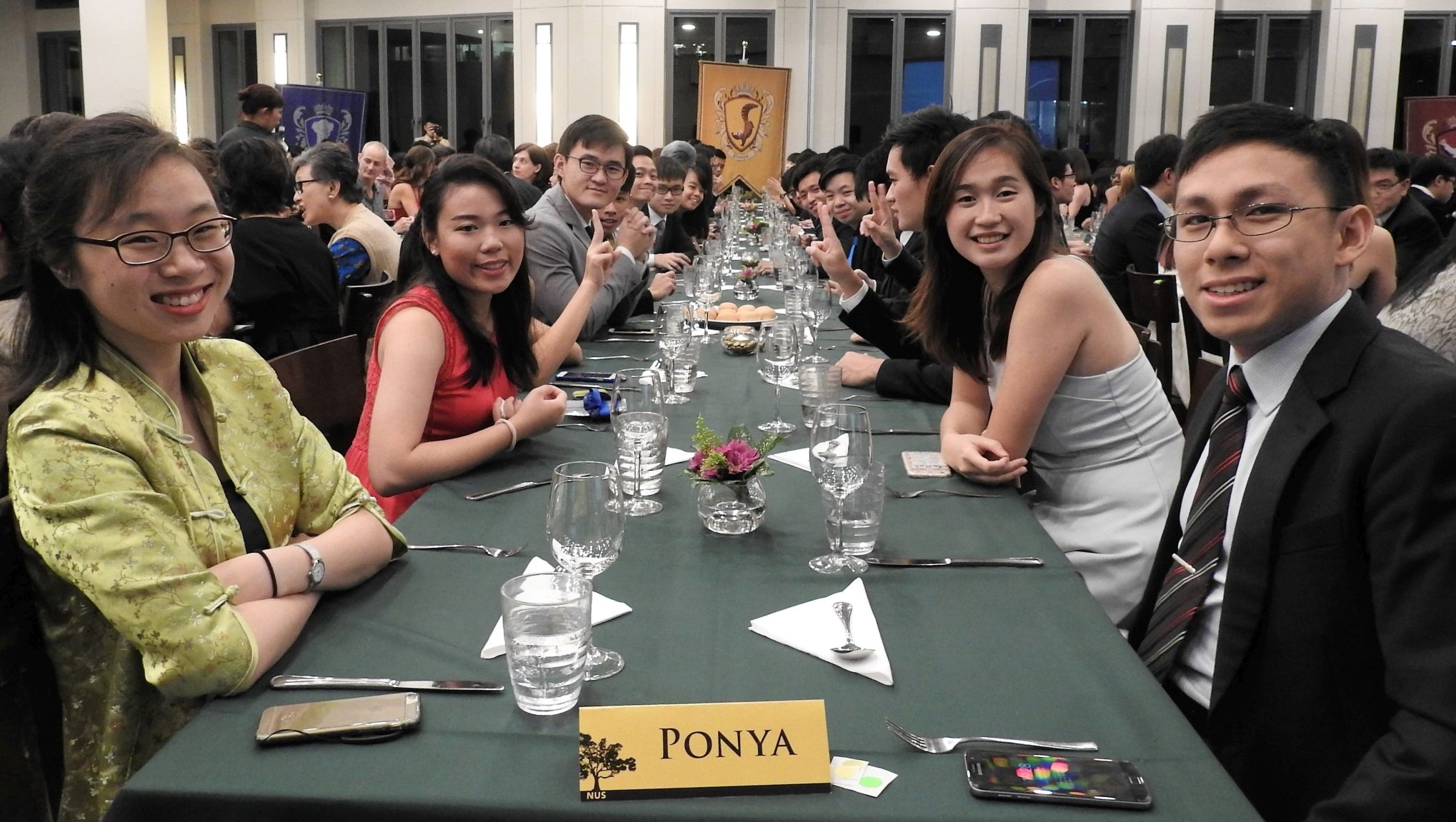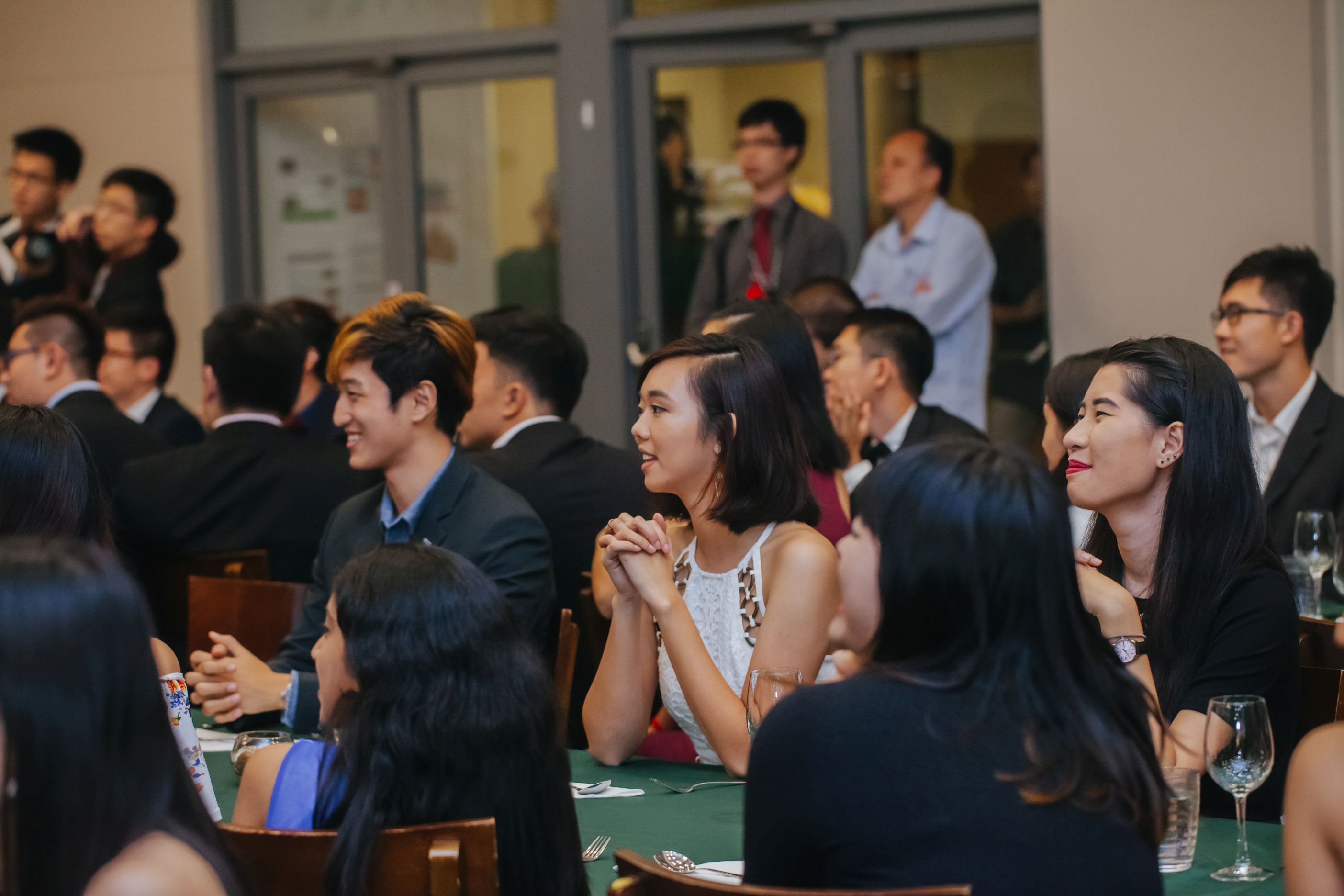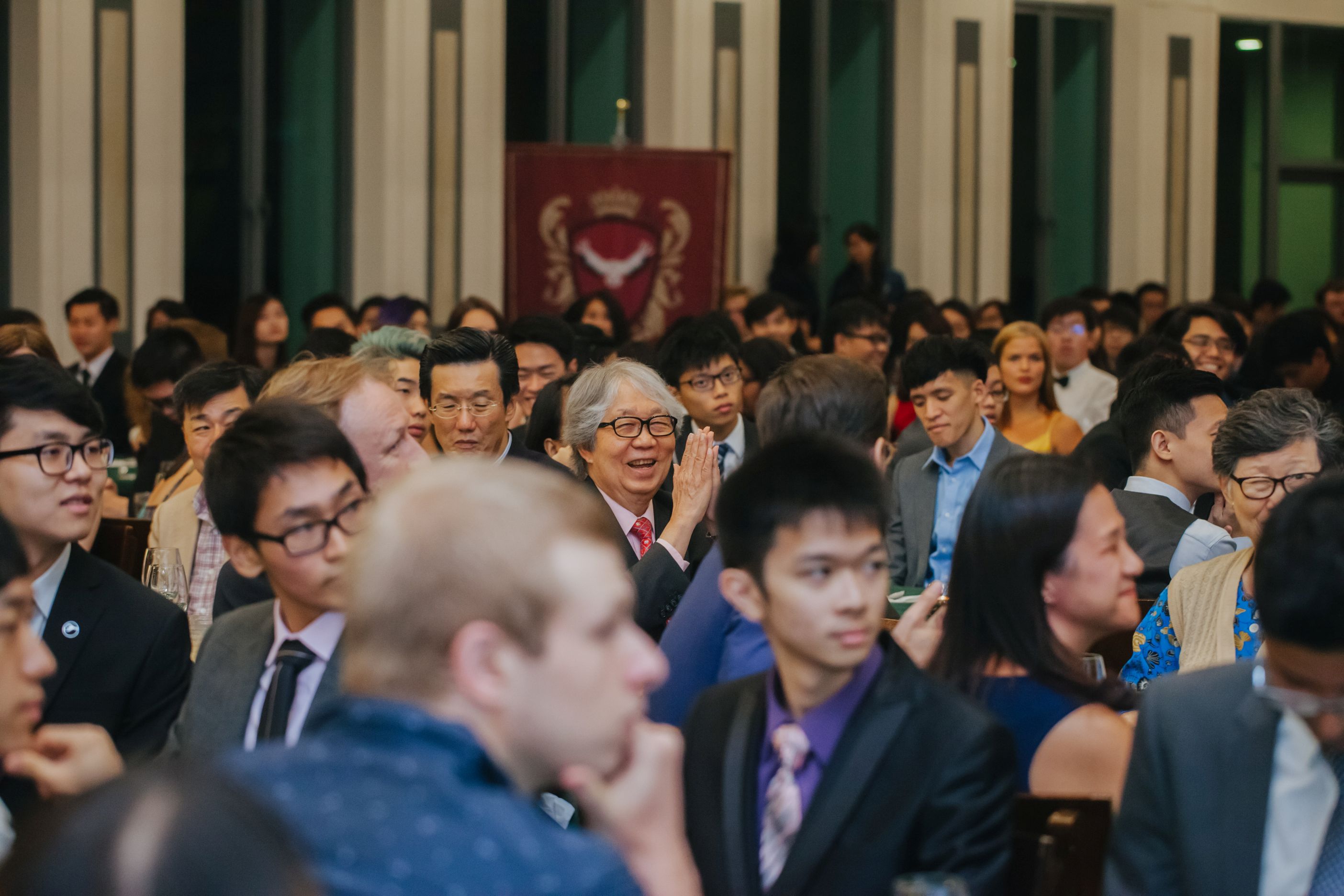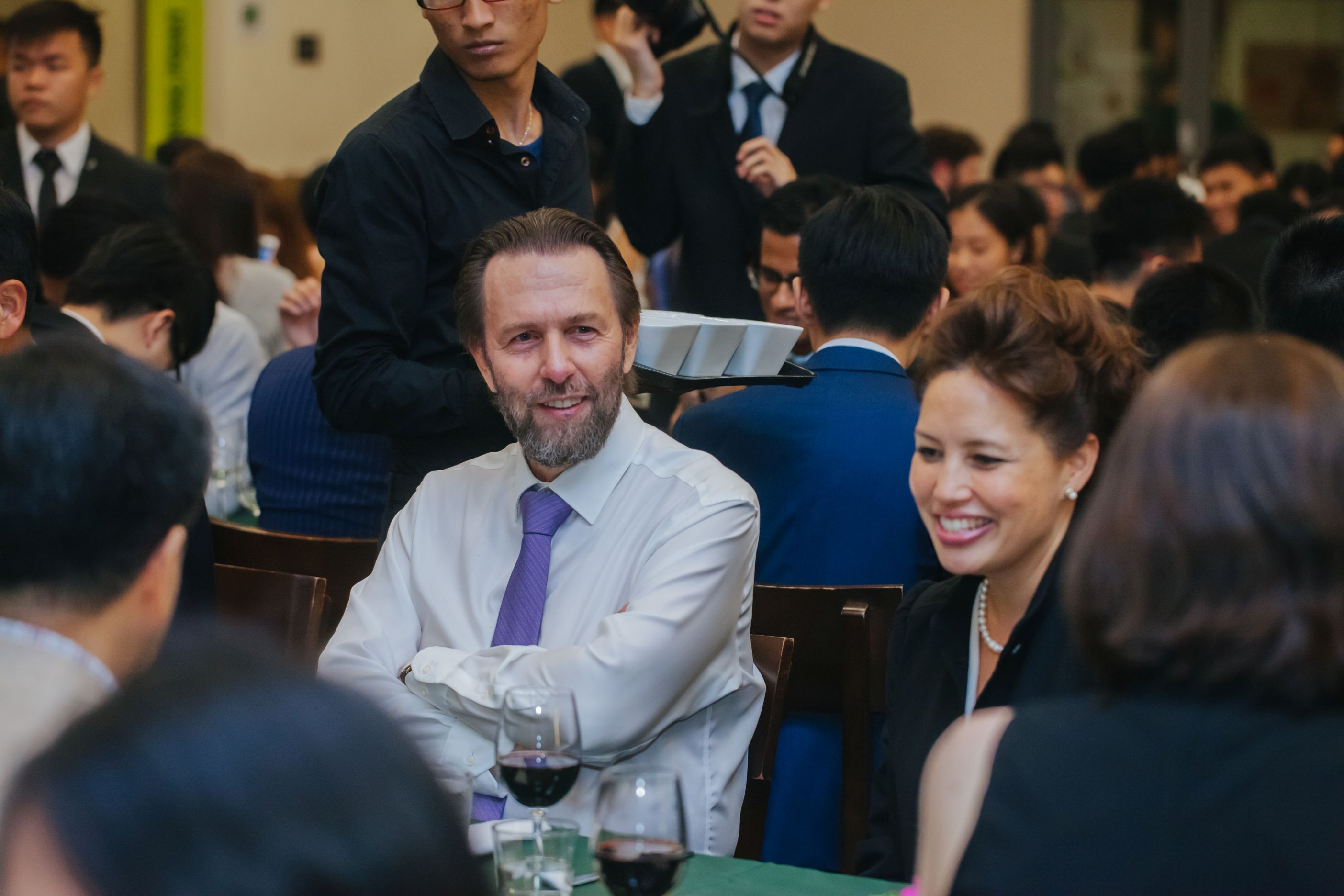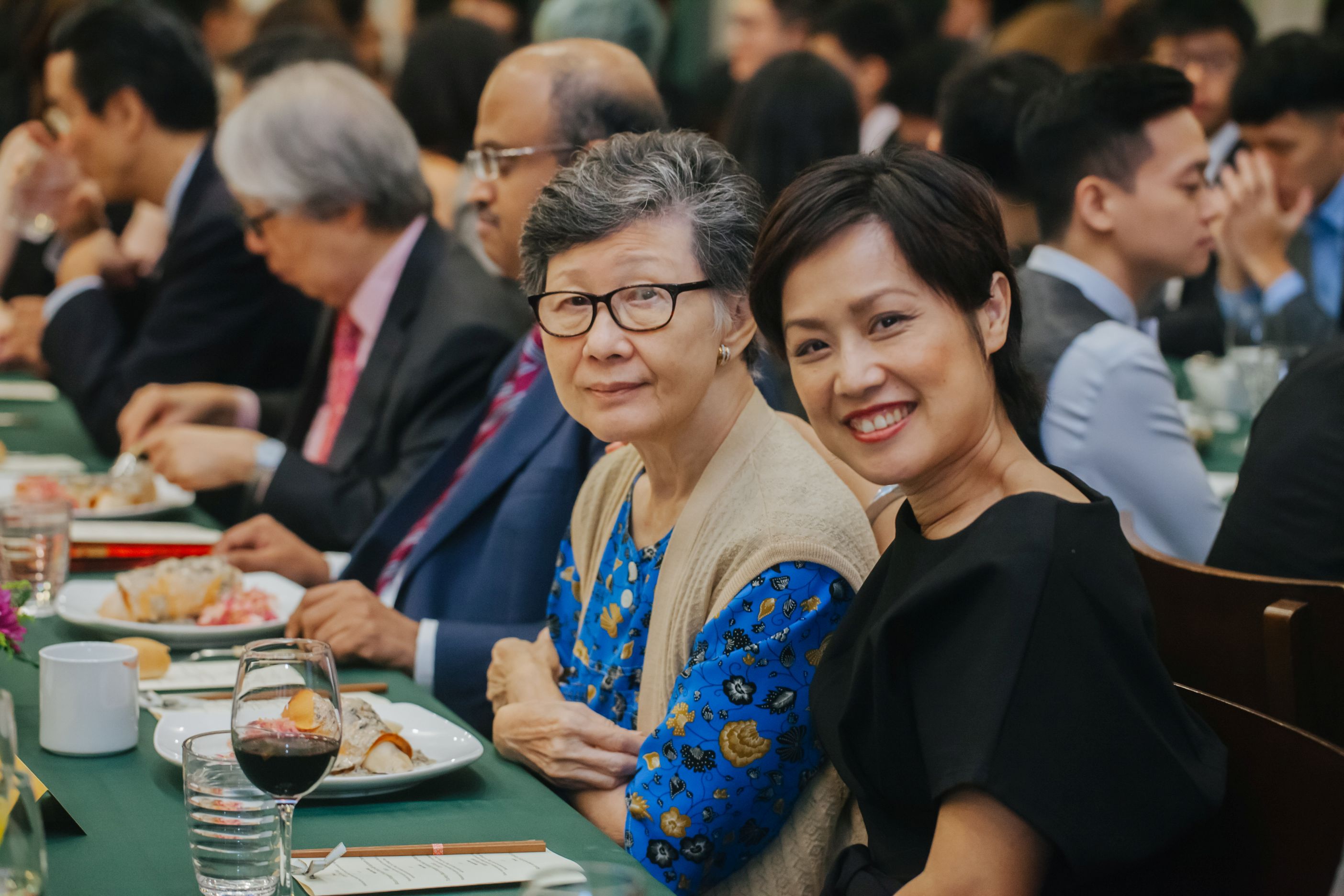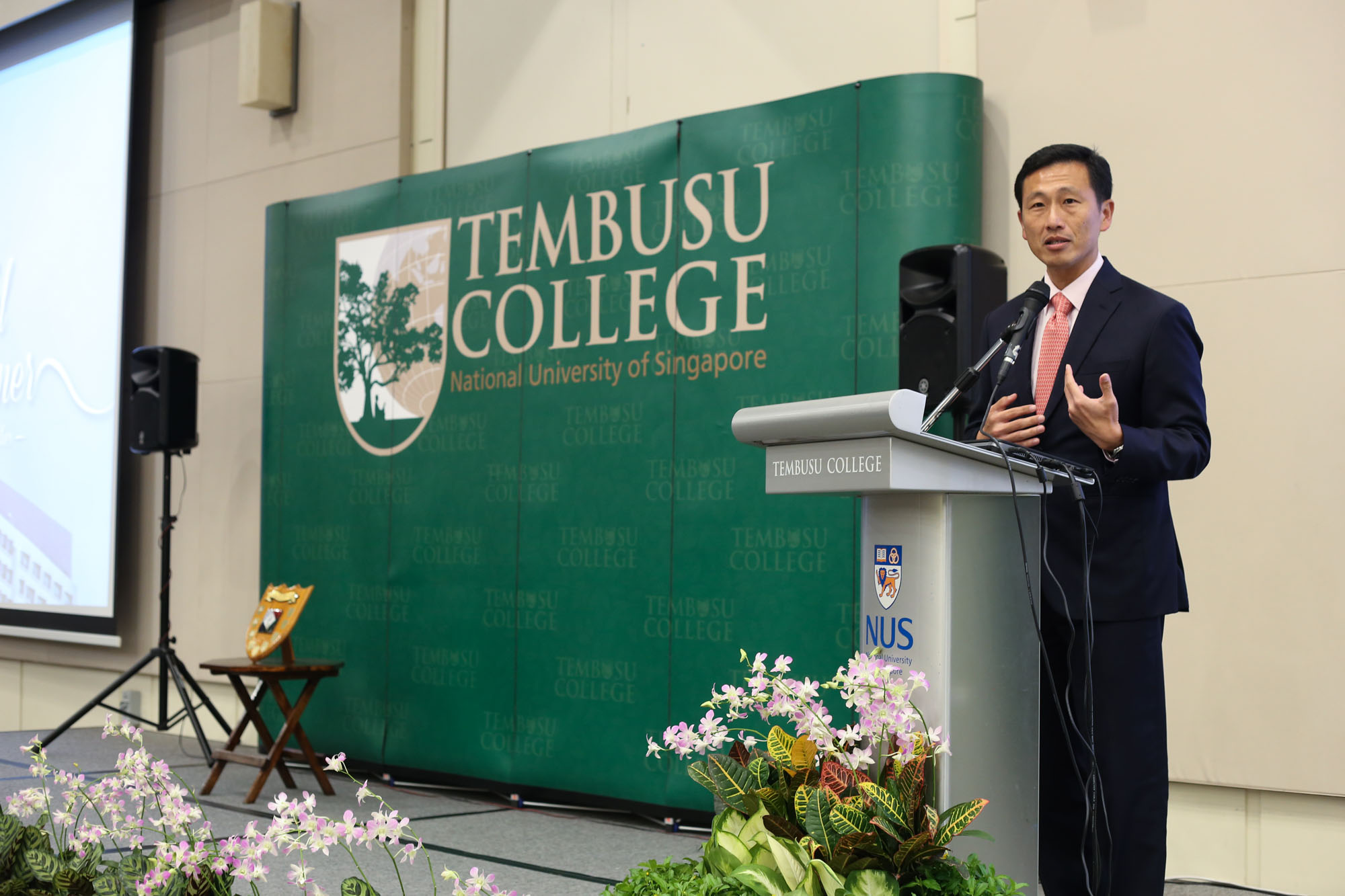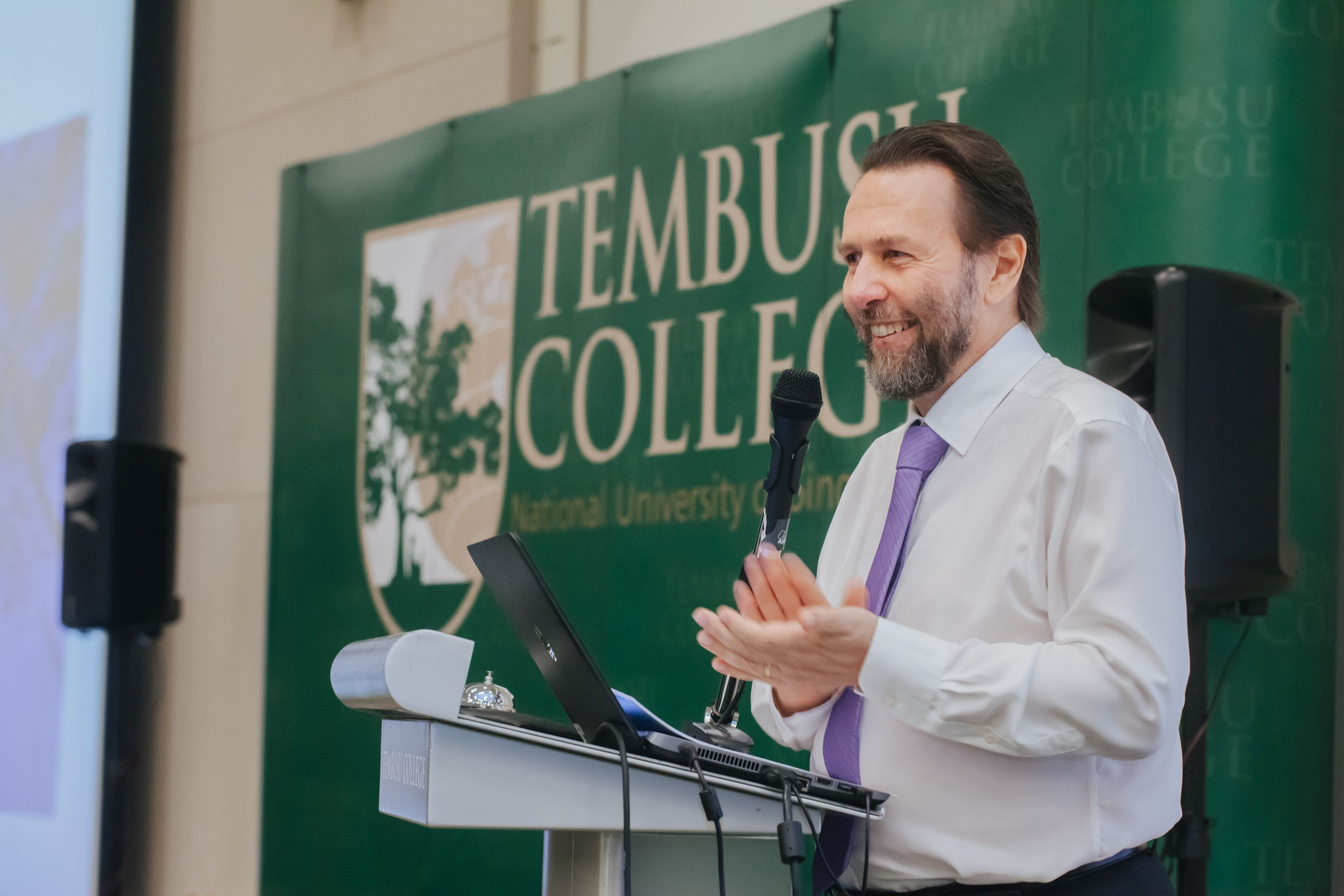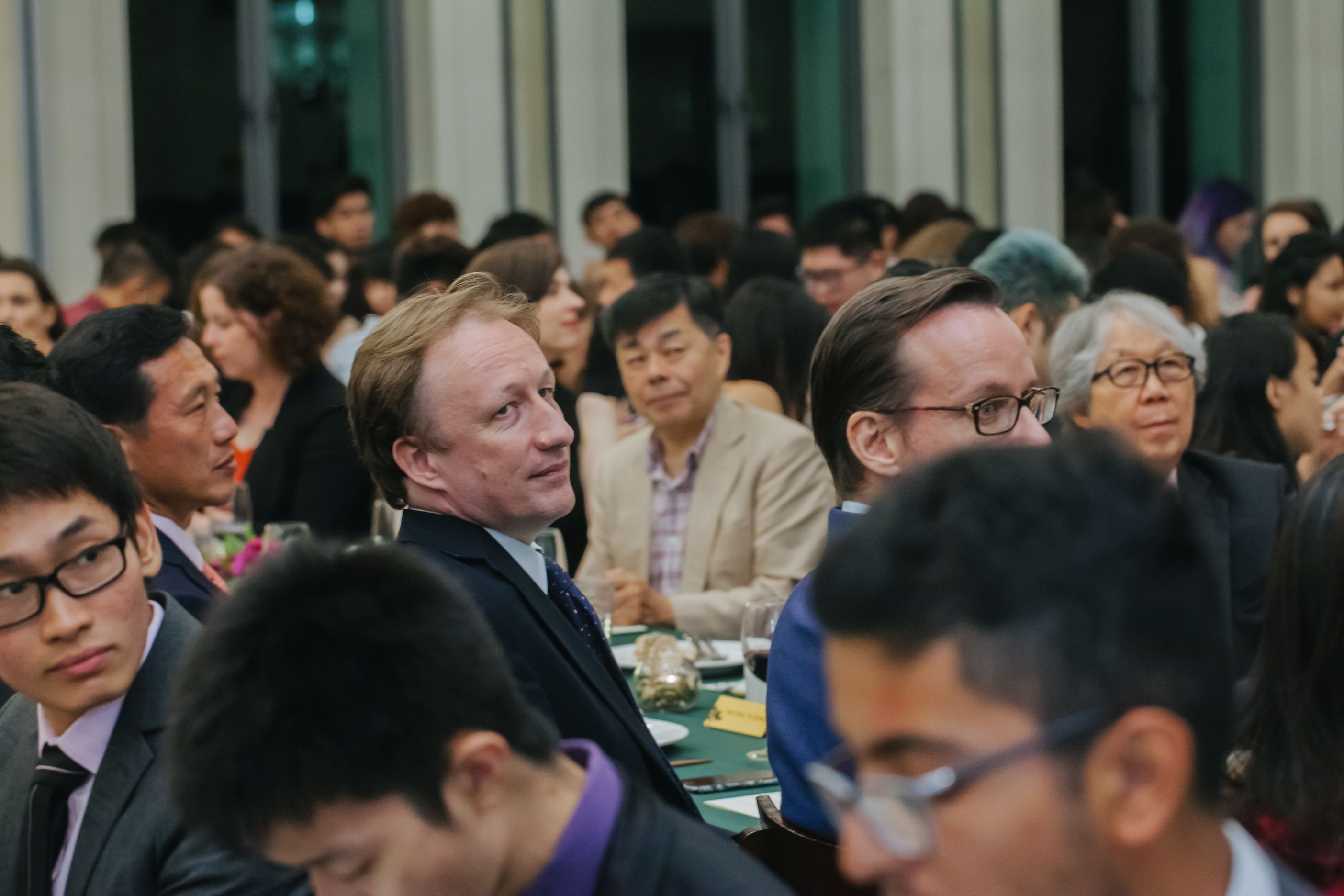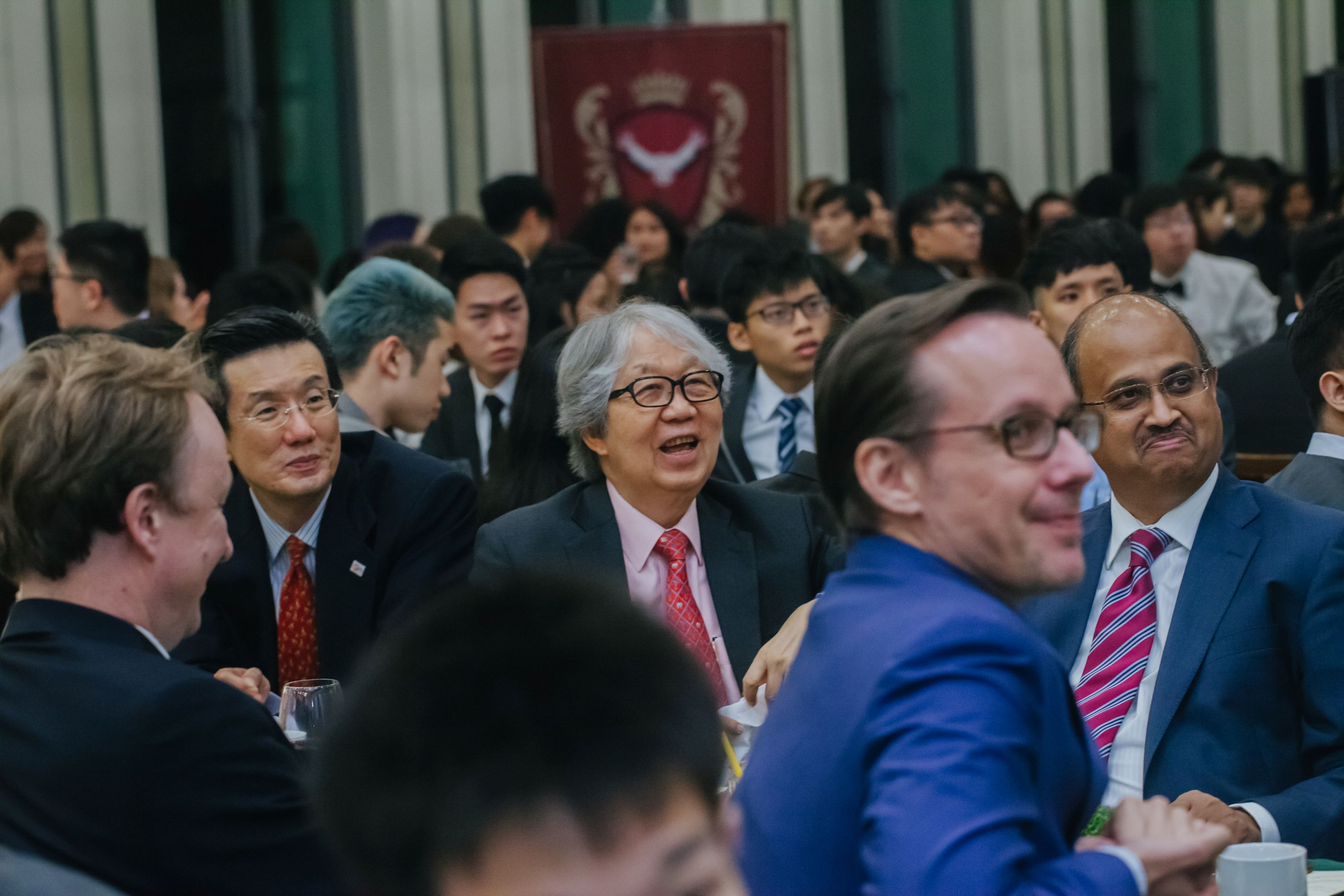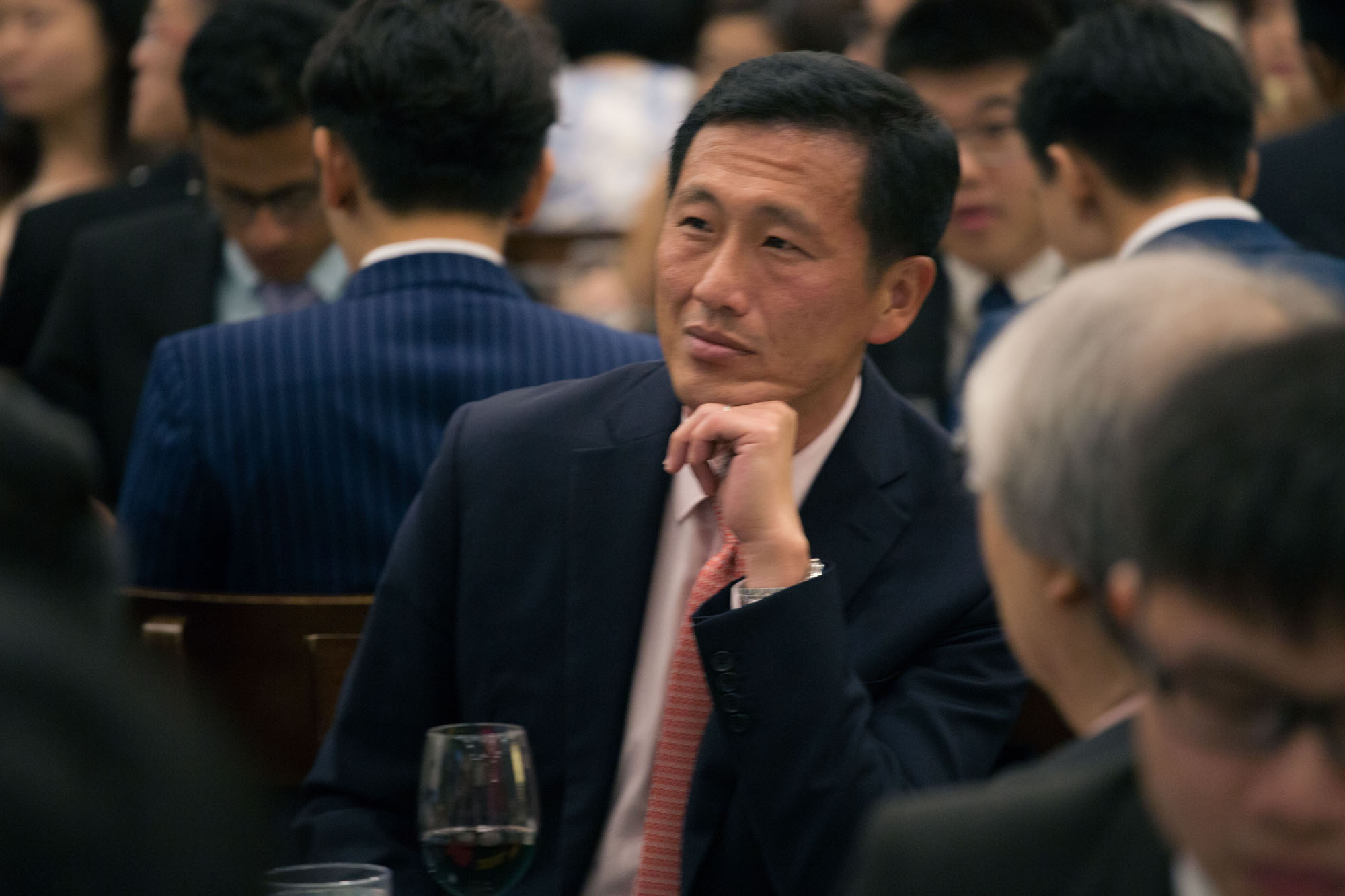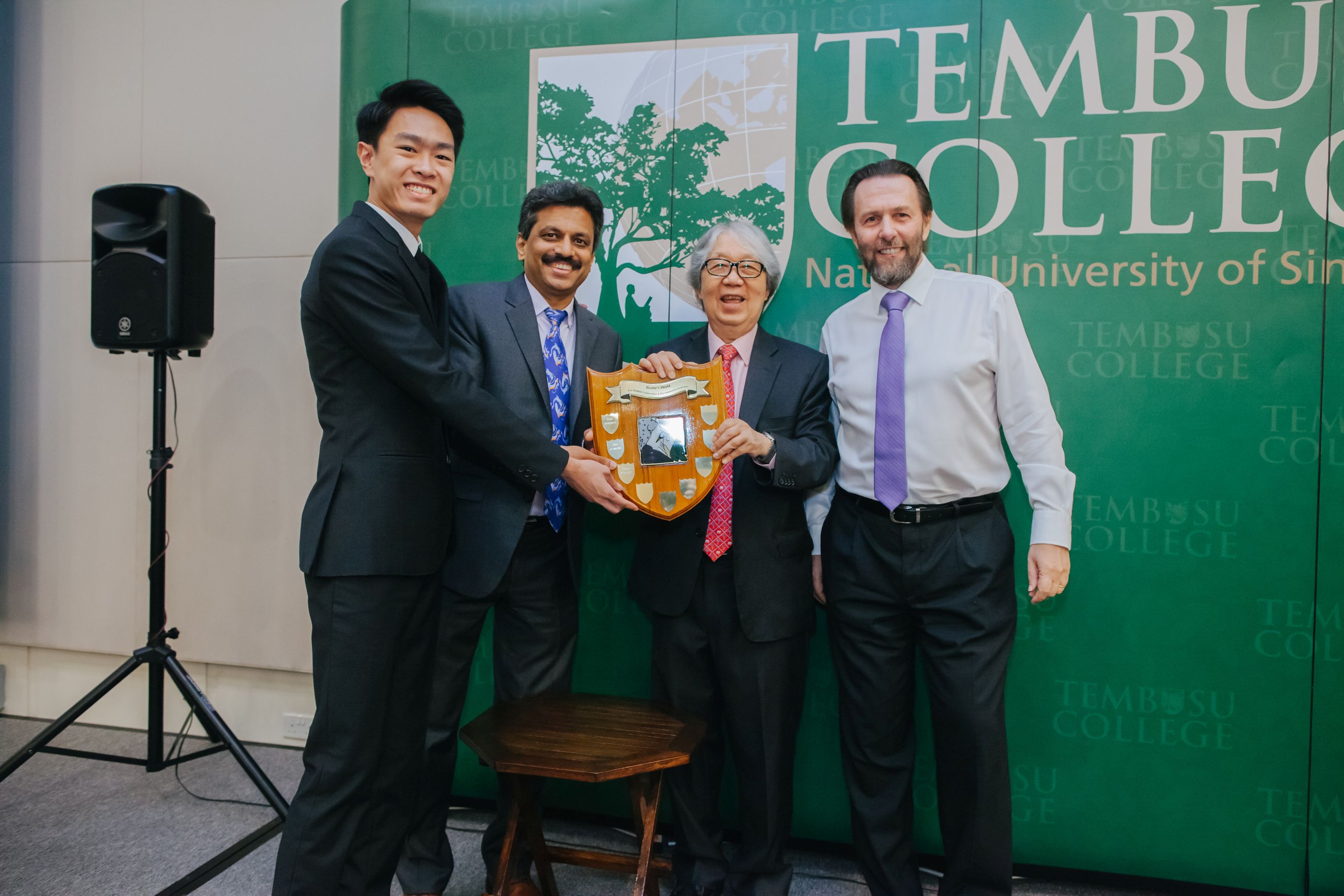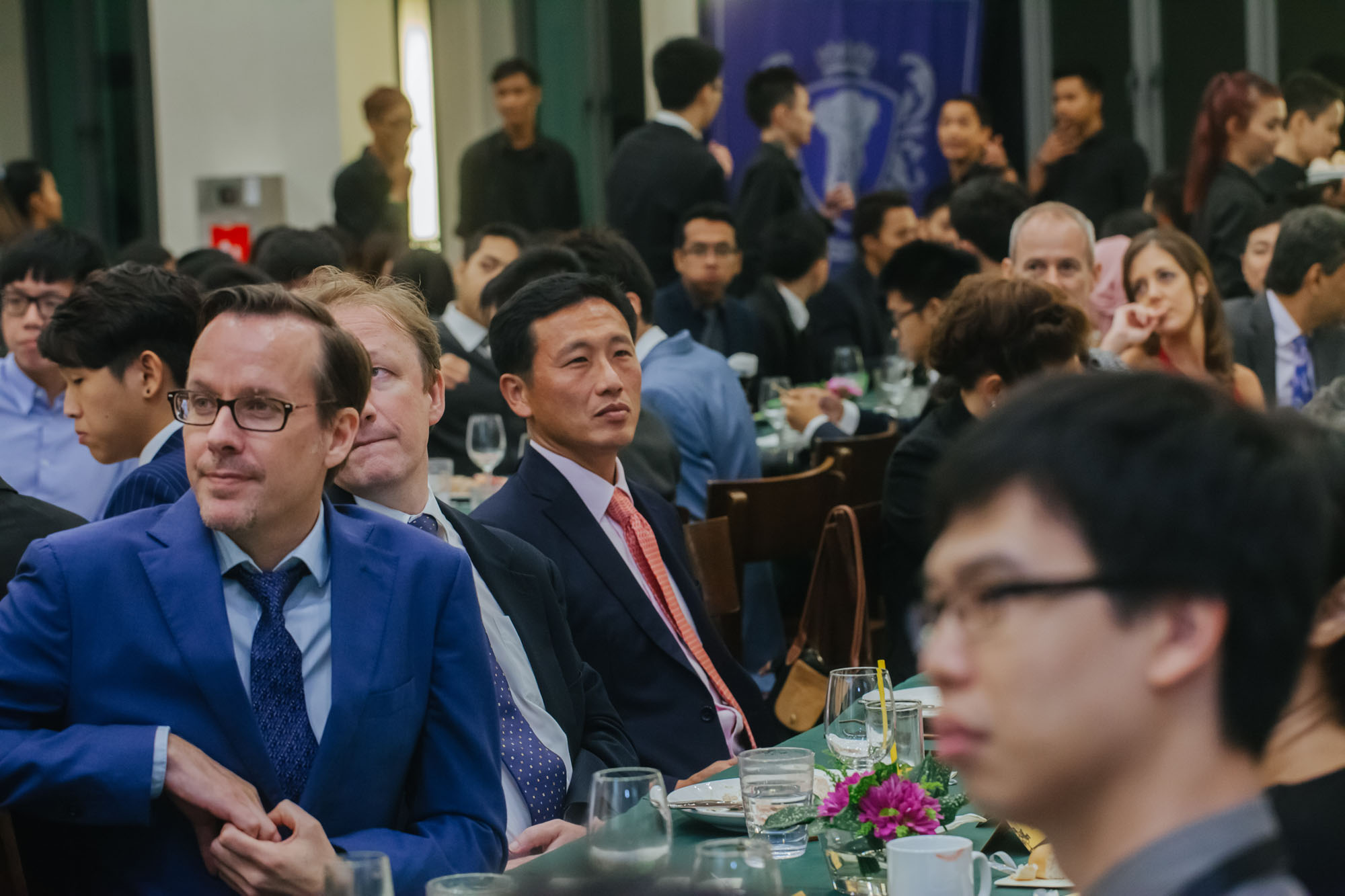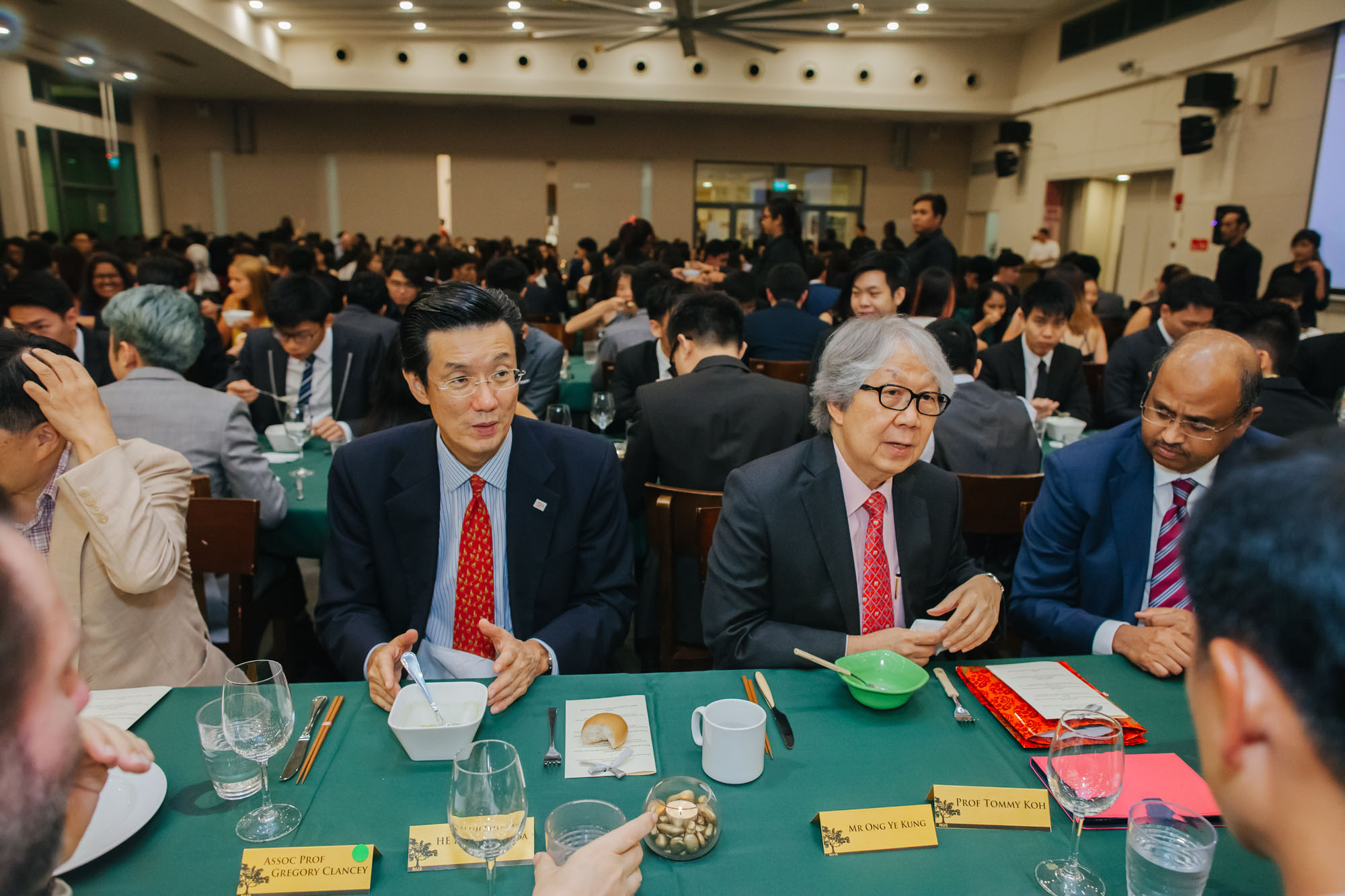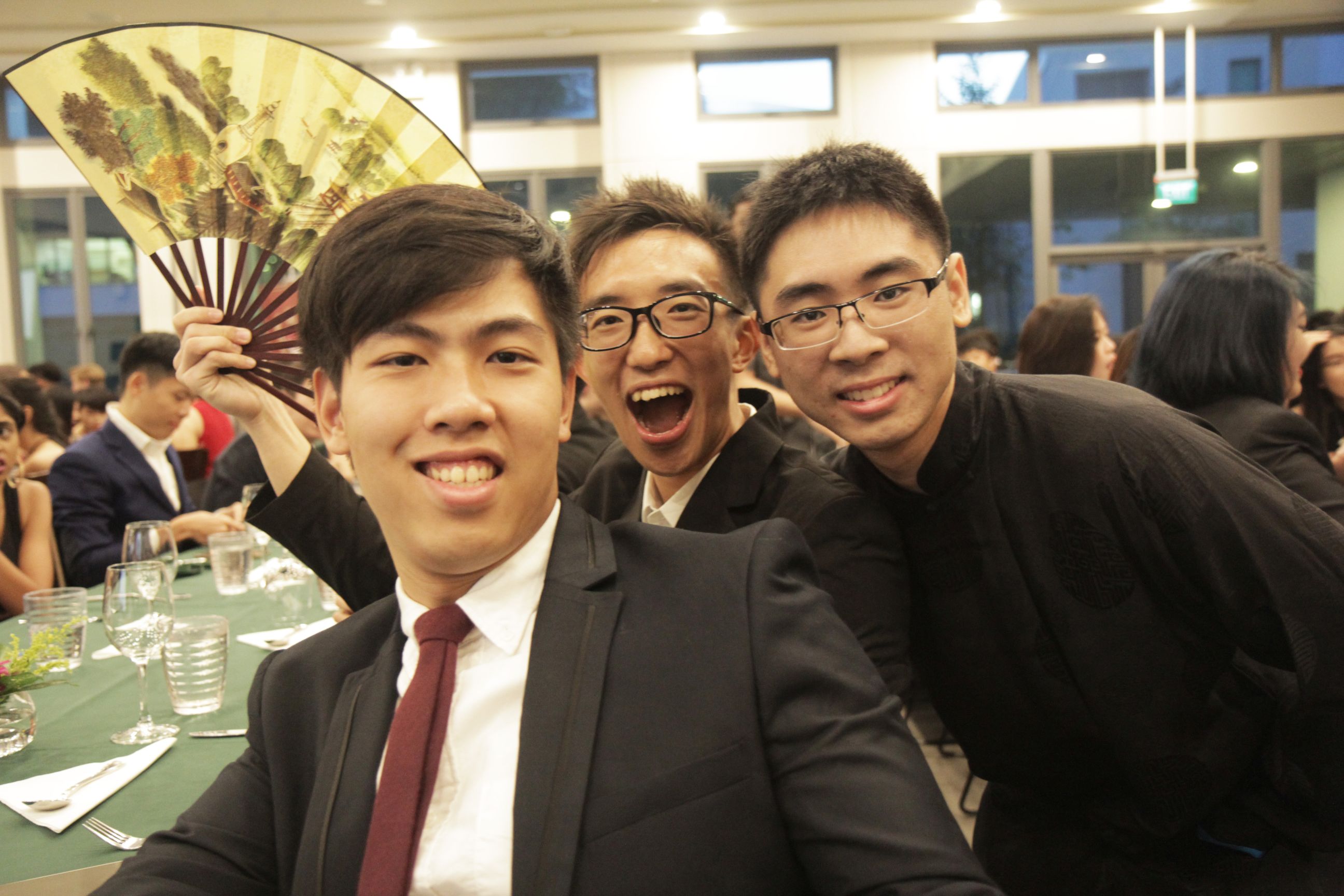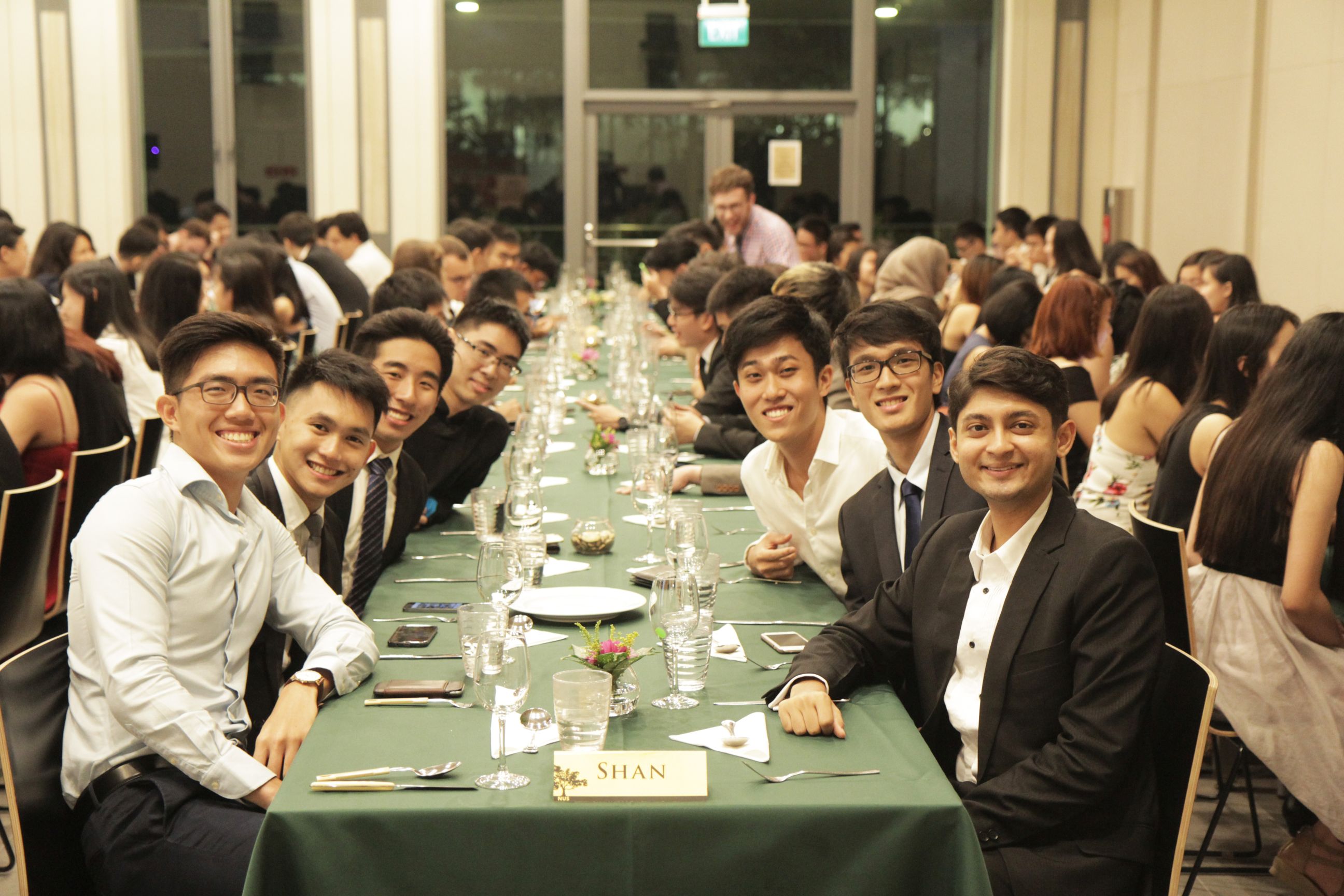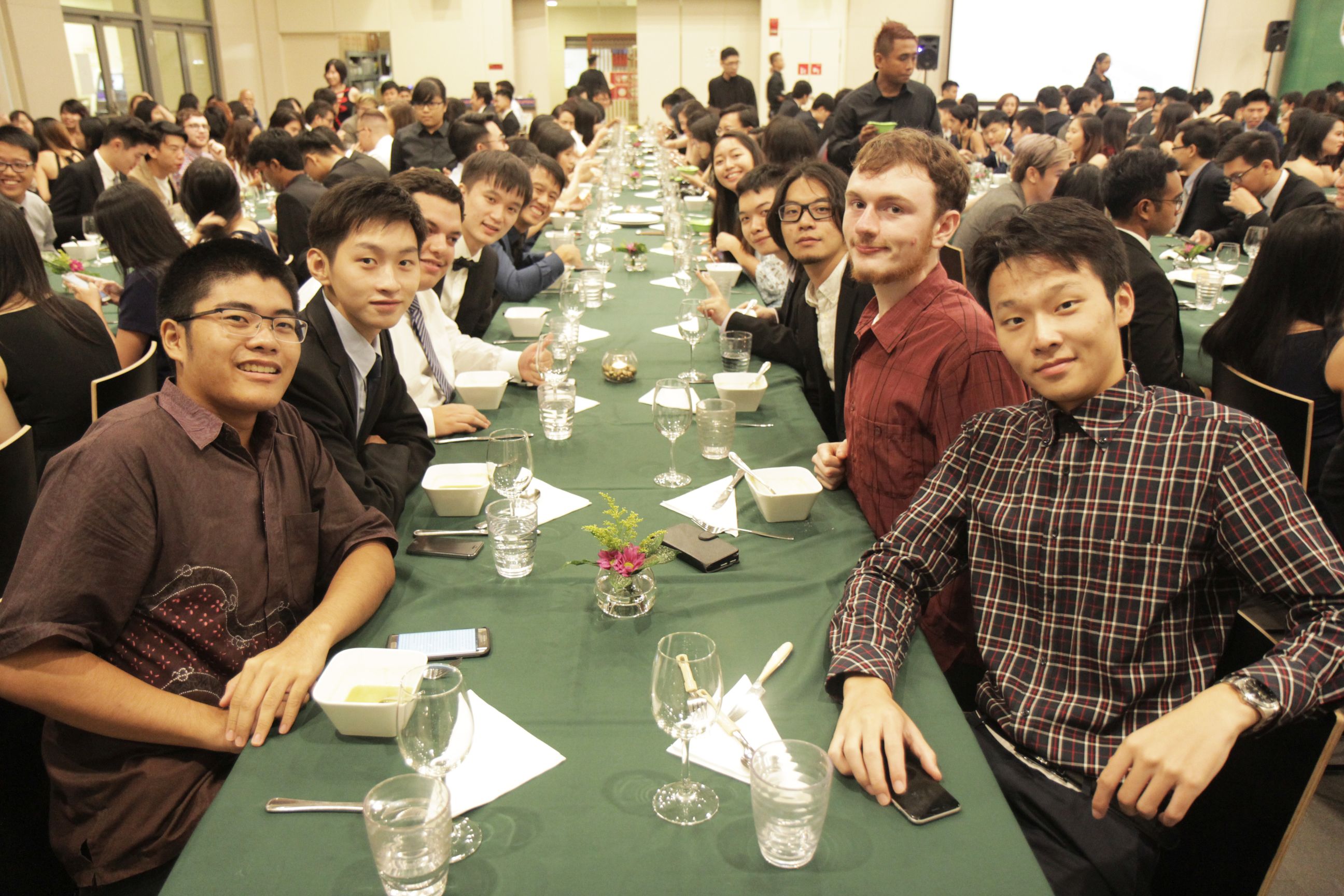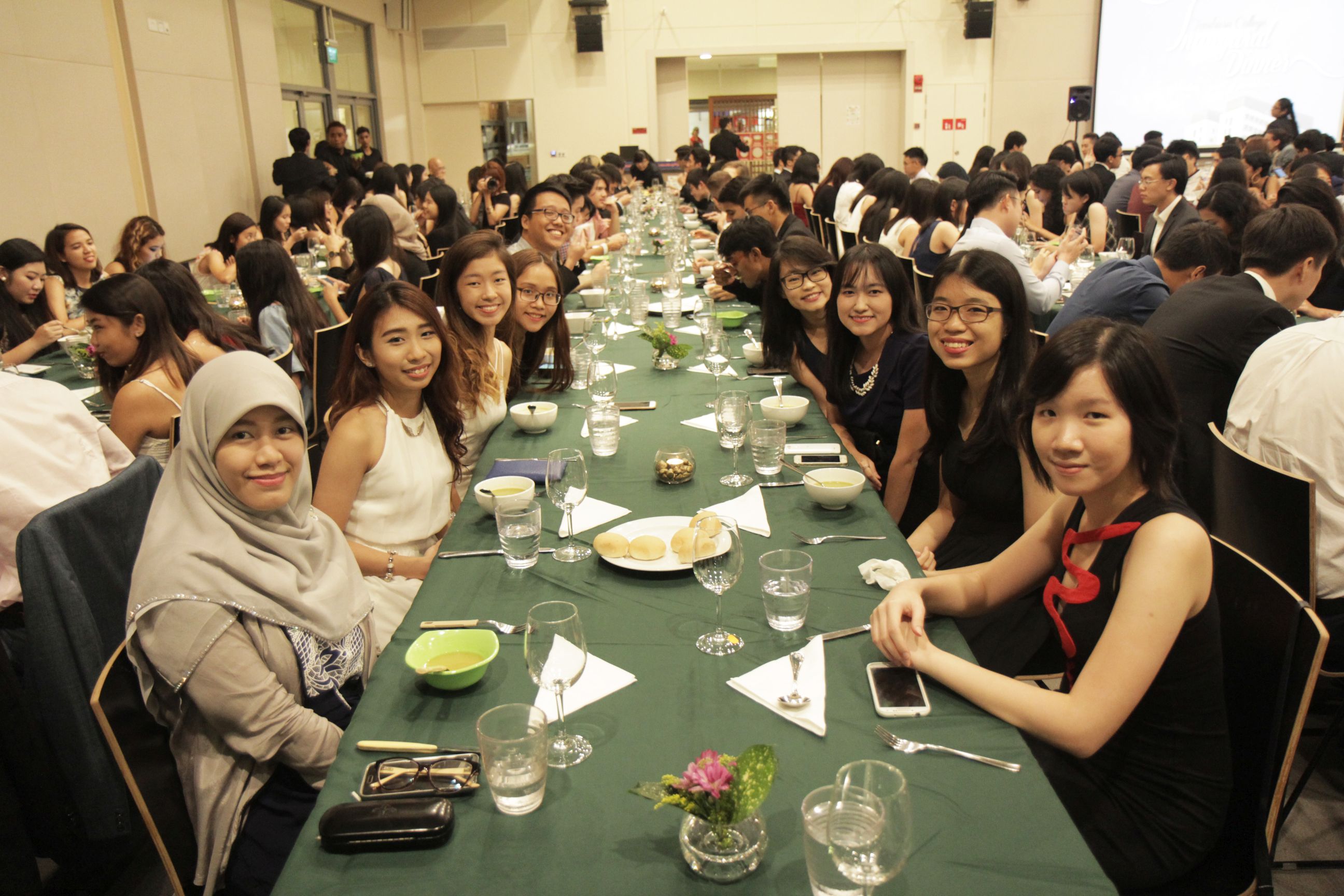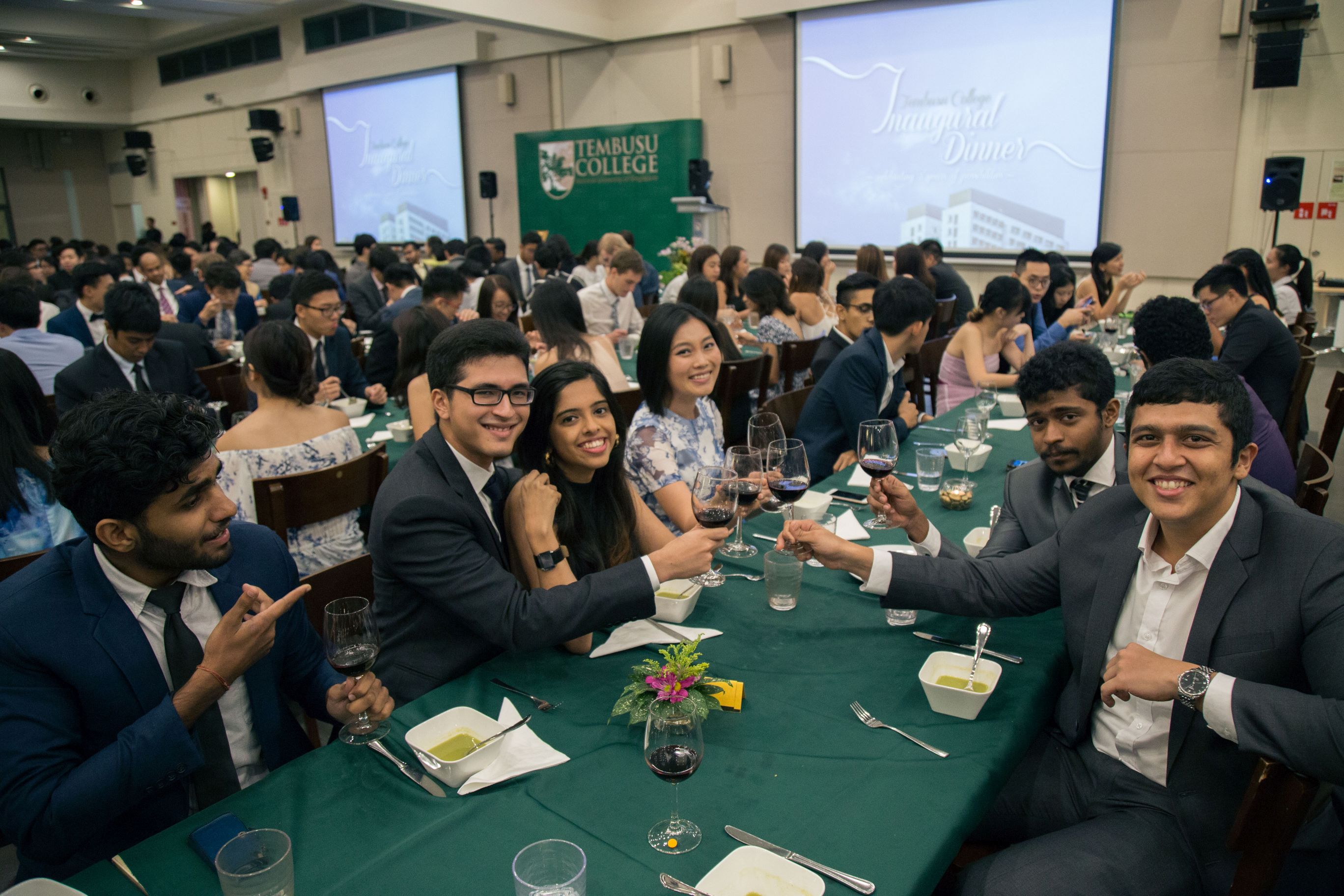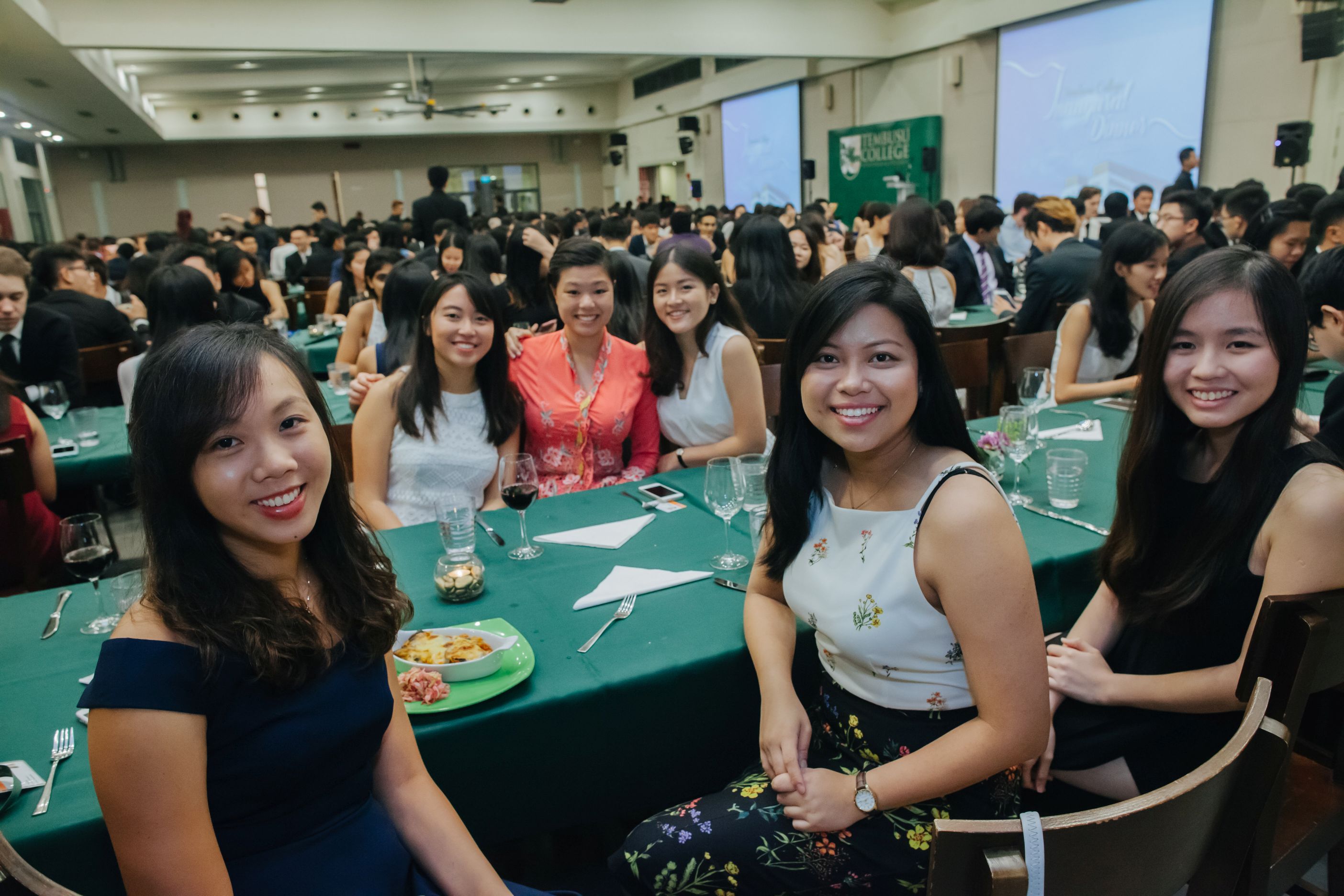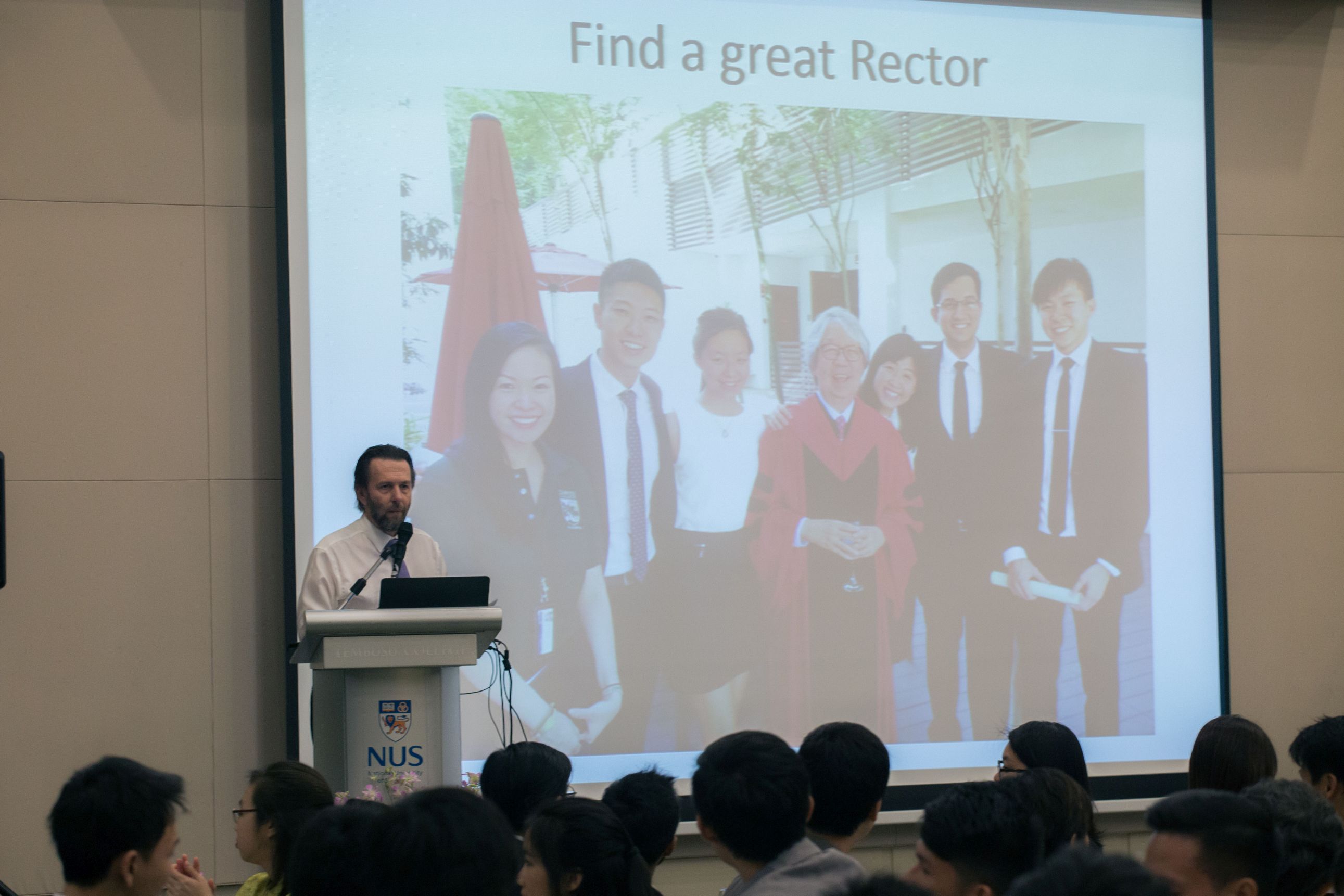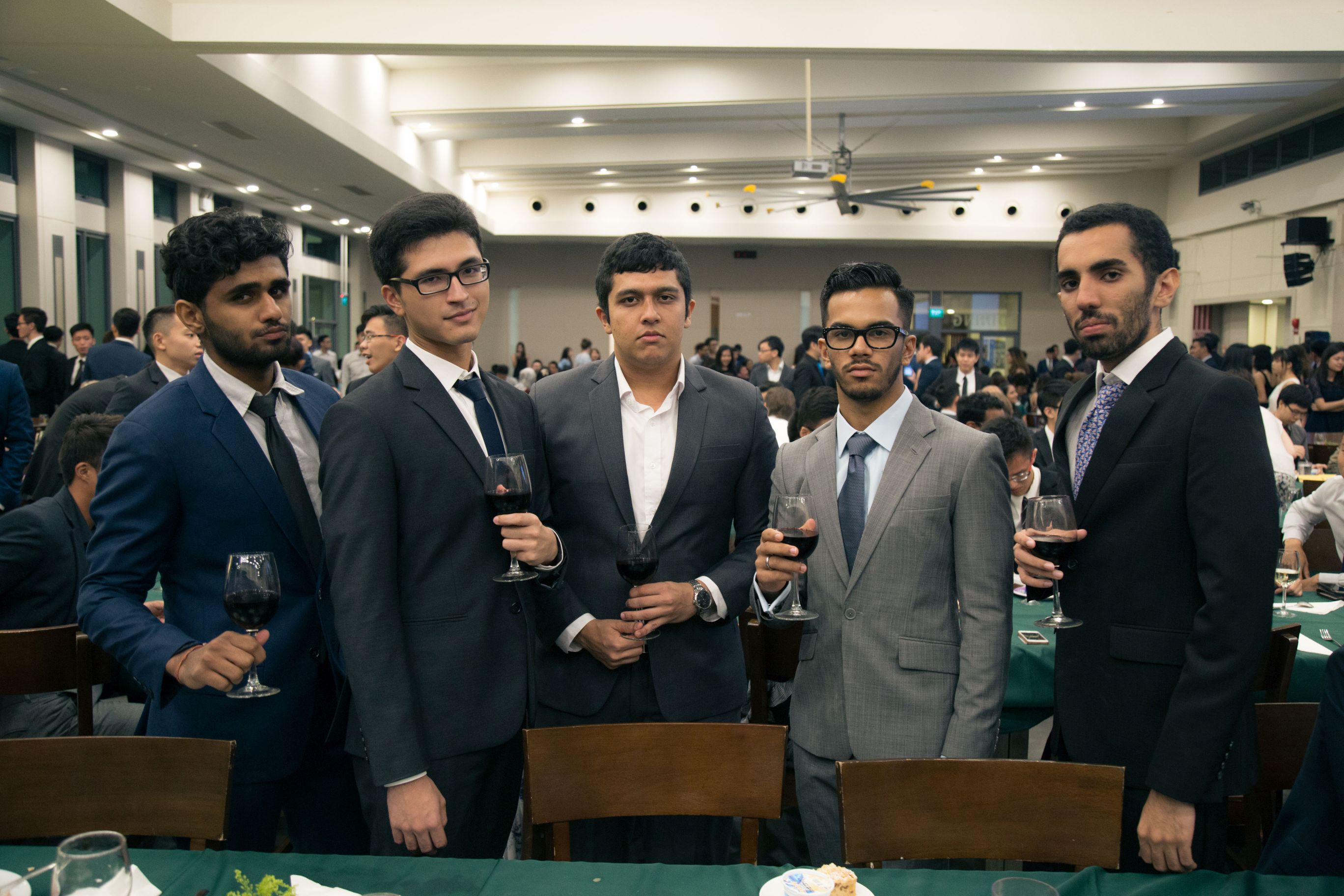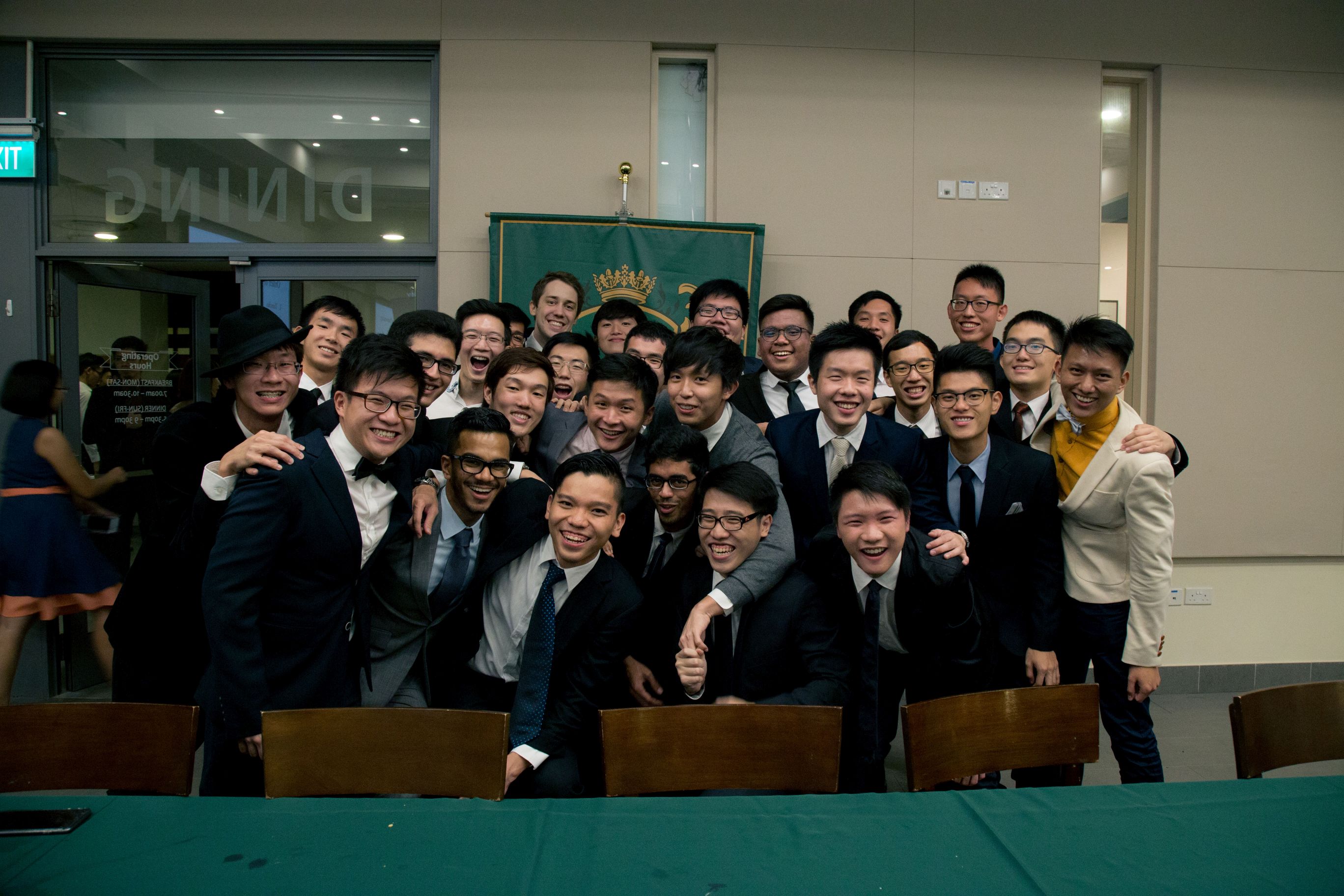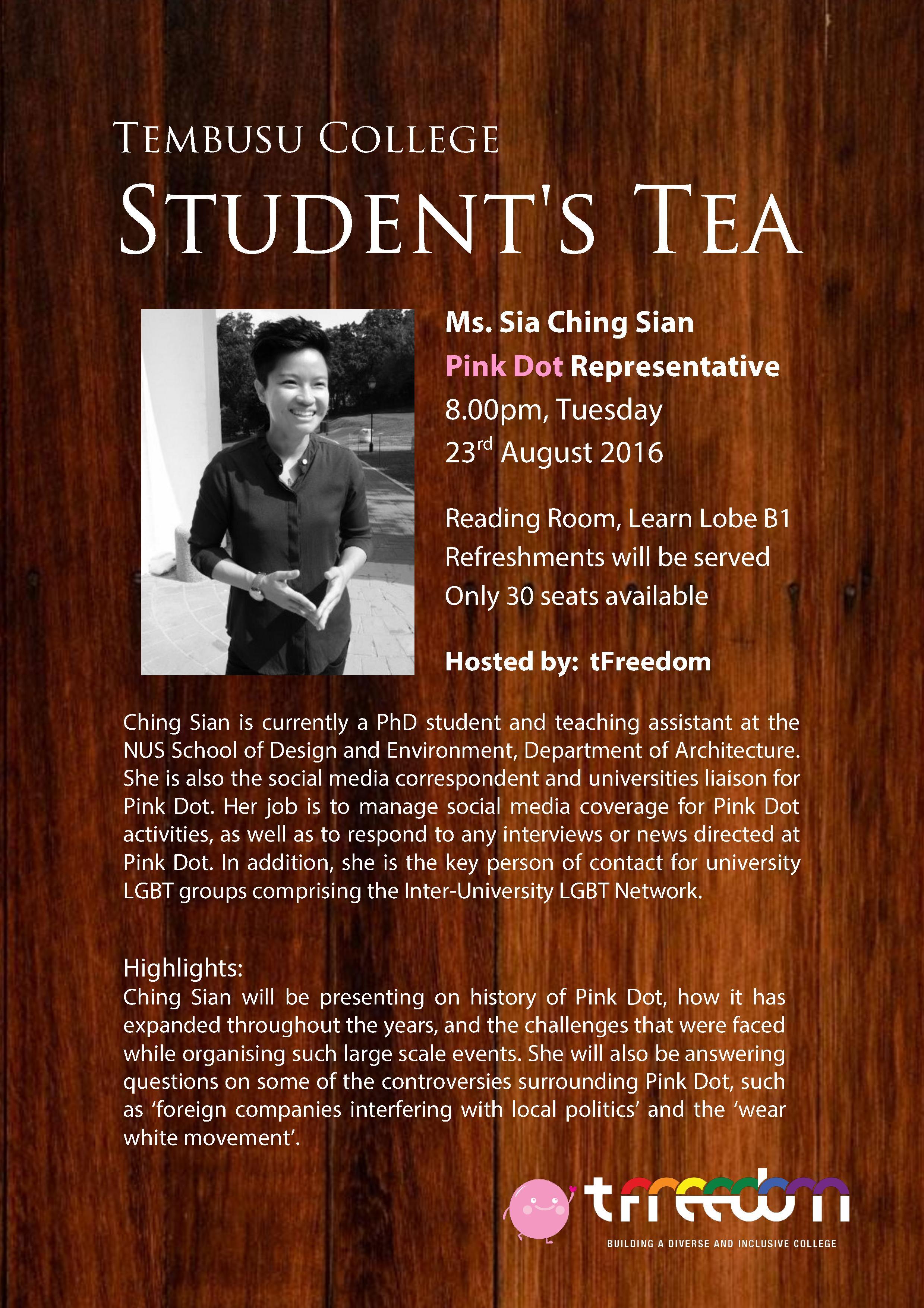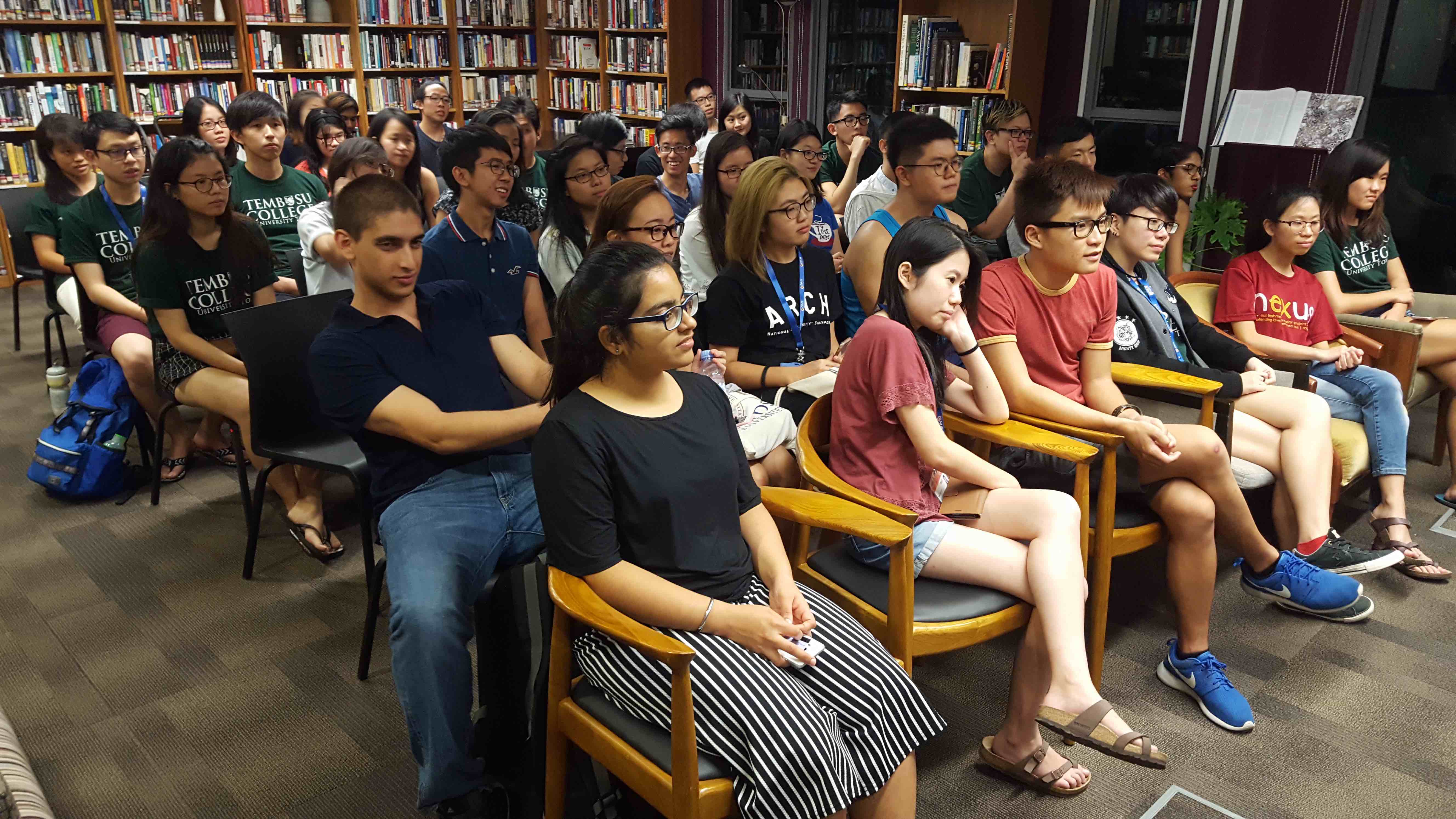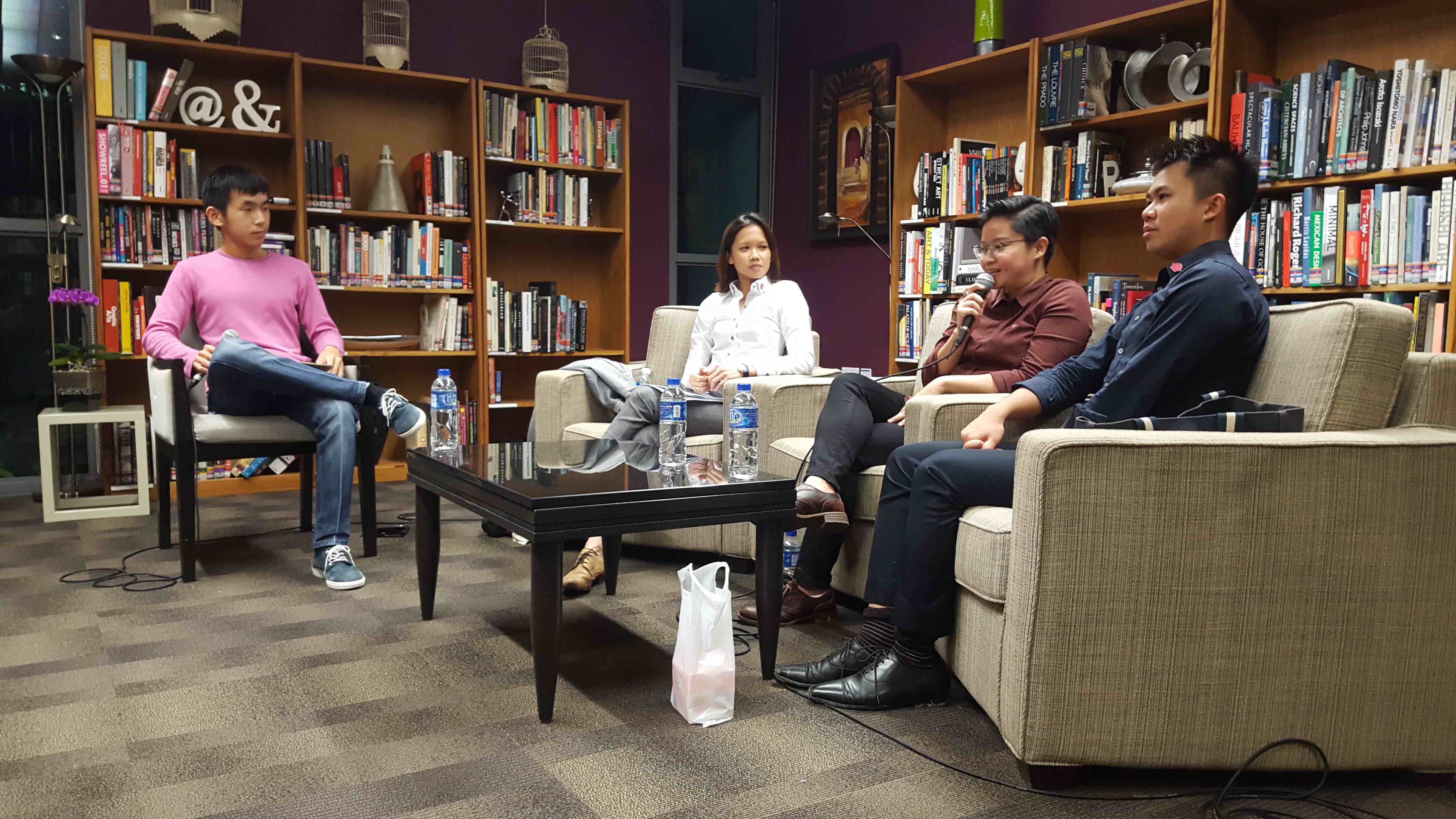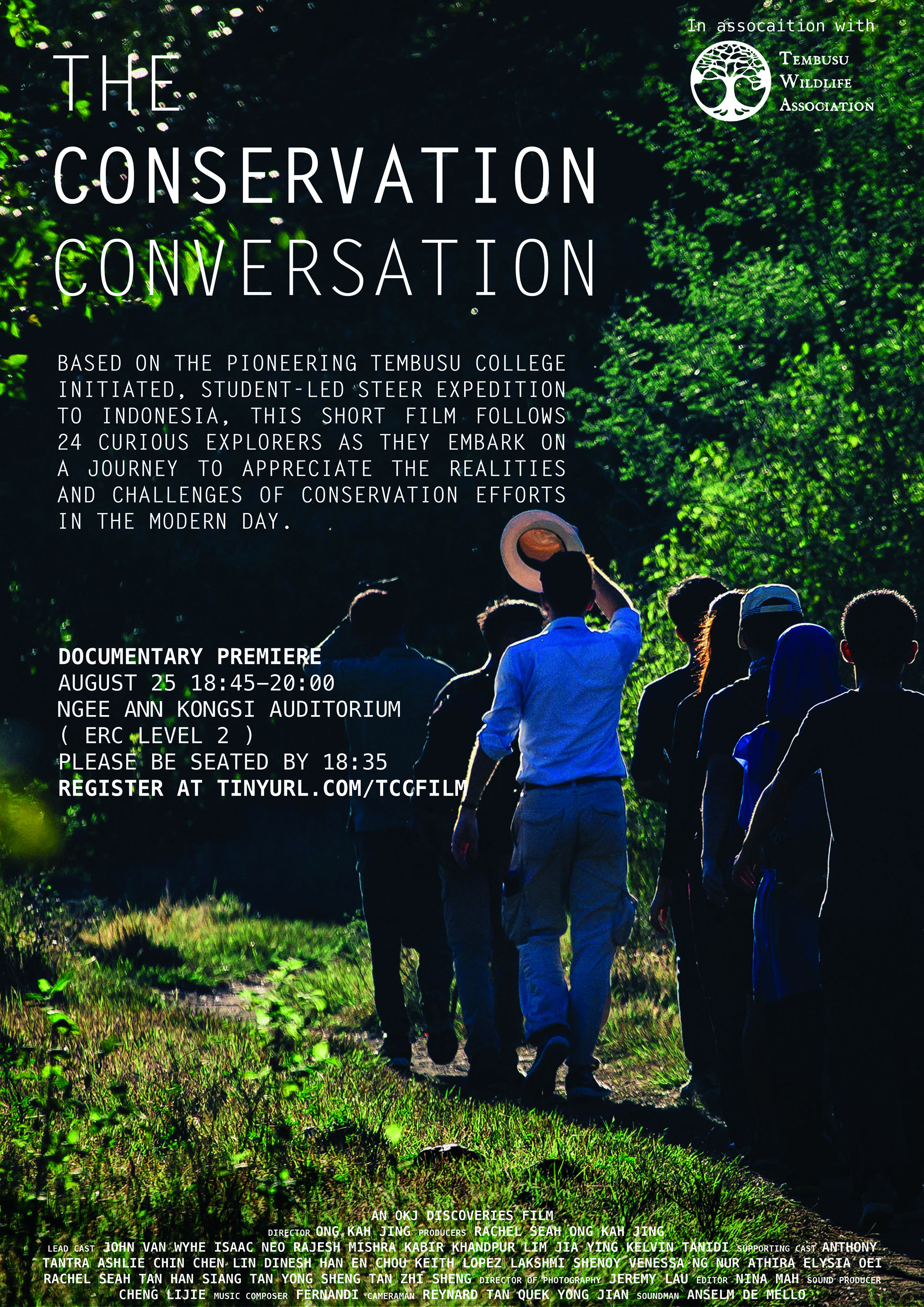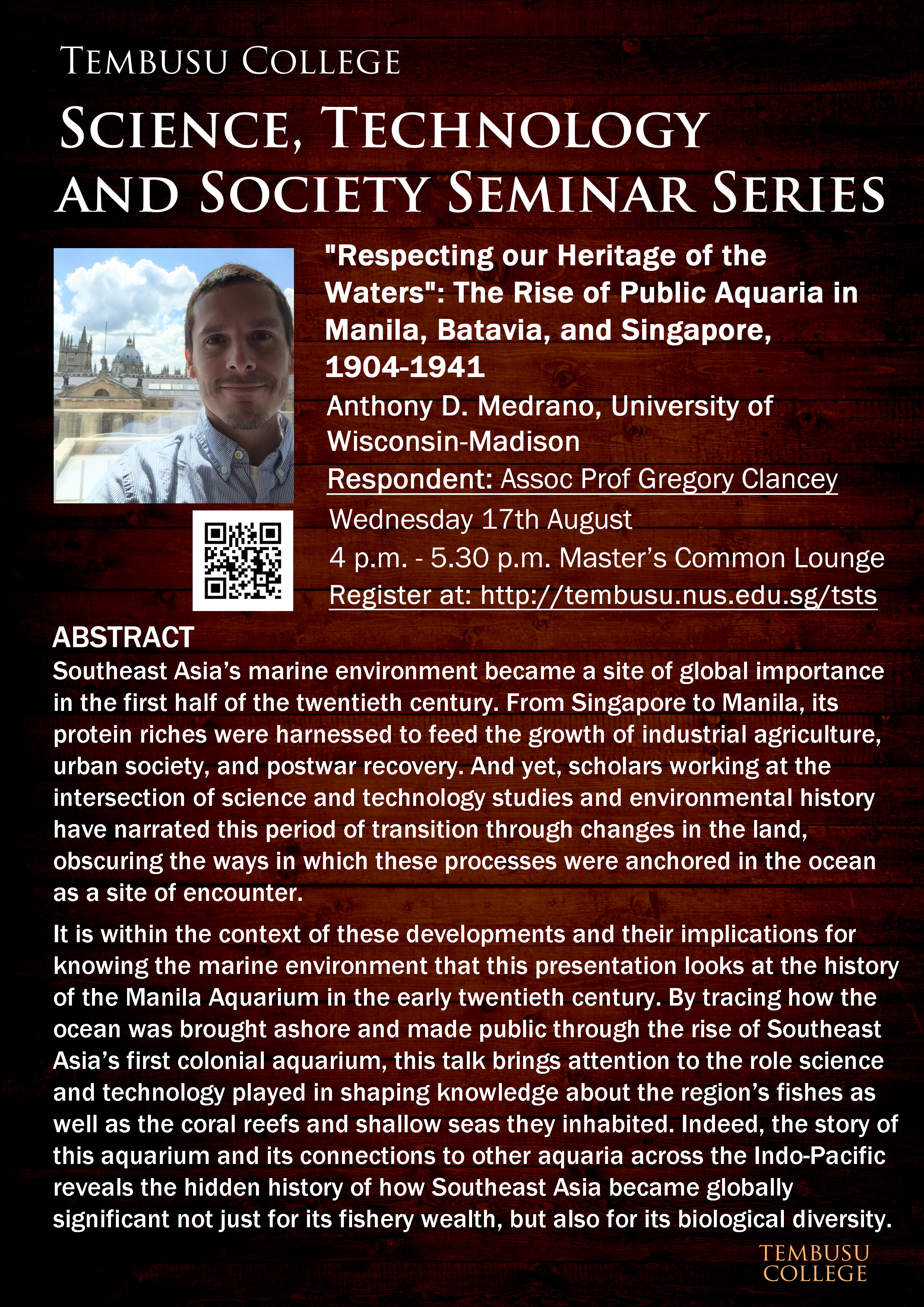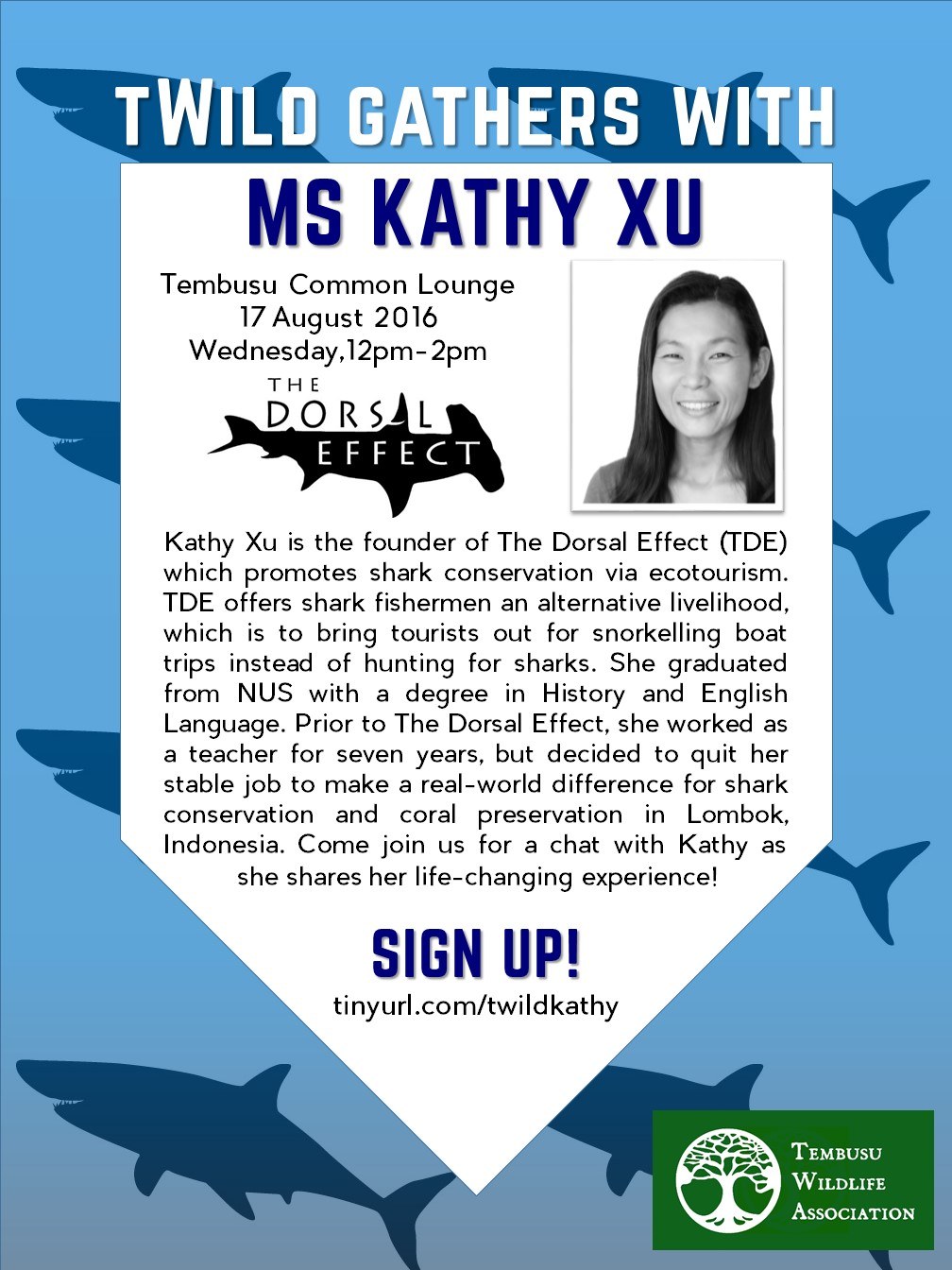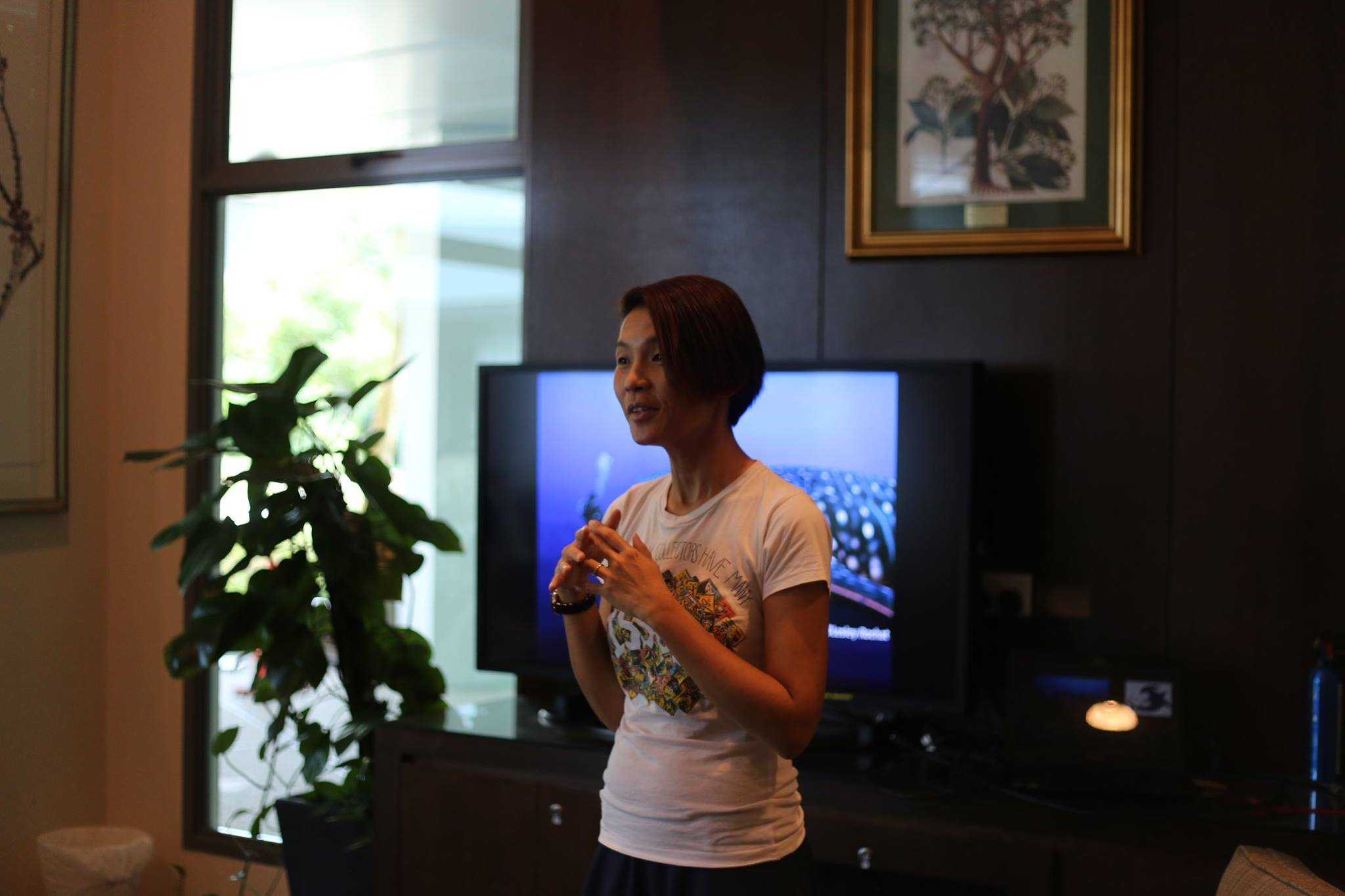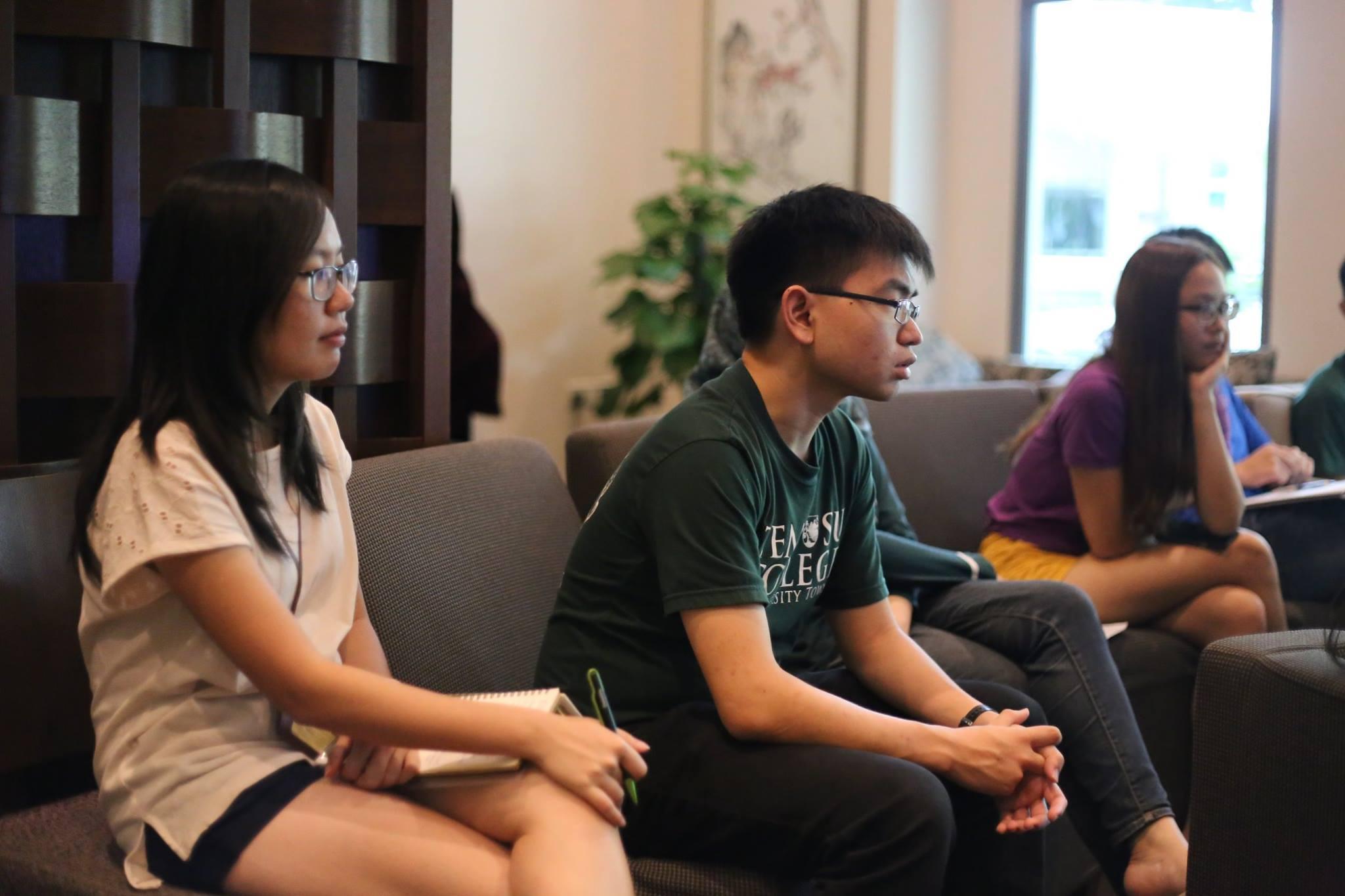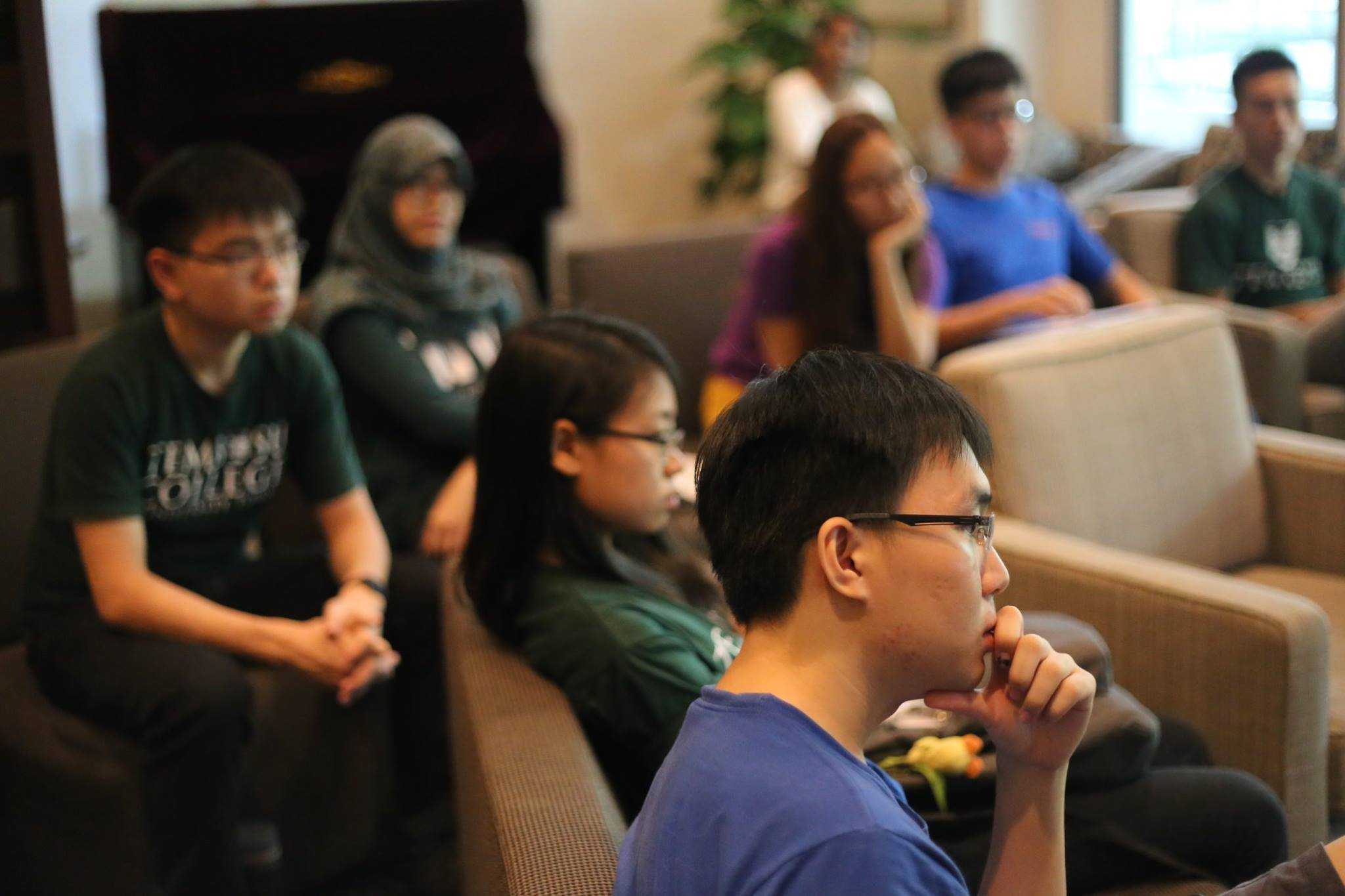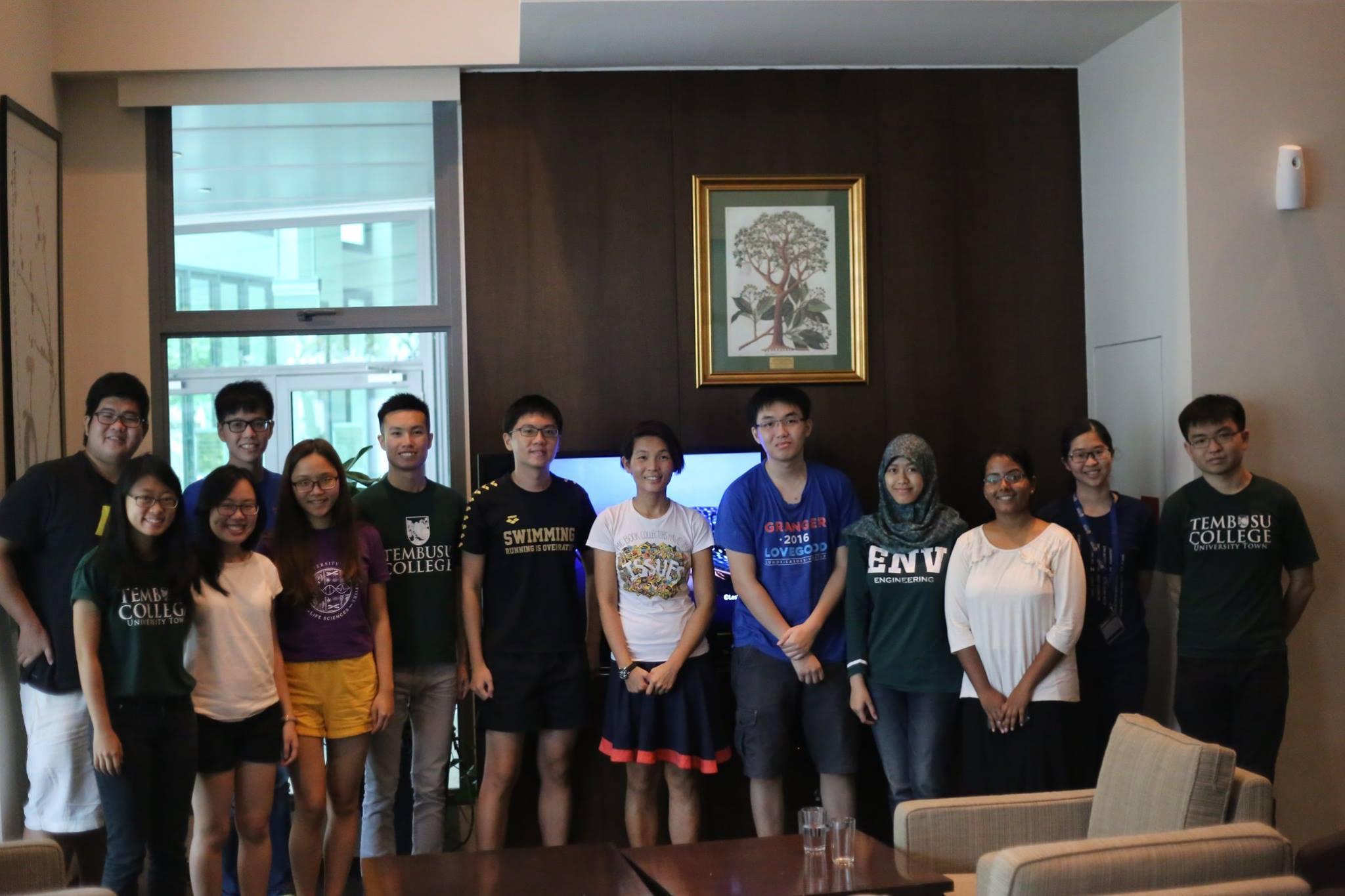Tag: -Past Years-
Professor Tommy Koh: Dinner at the White House
Next Tuesday, Prime Minister Lee Hsien Loong will be hosted to a state dinner by US President Barack Obama. The writer recalls the last time a Singapore PM attended such a dinner in 1985.The most important address in Washington, DC is 1600 Pennsylvania Avenue. It is where the White House is located. It is both the official residence and office of the president of the United States. Every president since John Adams, the third president, has lived in the White House. In 1814, the White House was burned to the ground by British troops and it had to be rebuilt. This occurred during the now-forgotten war between England and the United States which began in 1812.
A White House state dinner is a grand occasion, combining pomp, elegance and symbolism. US President and Mrs Barack Obama will host a state dinner in honour of Prime Minister and Mrs Lee Hsien Loong on Tuesday, Aug 2. PM Lee is on an official visit to the US from July 31 to Aug 5. The last time a Singapore prime minister was hosted to a White House state dinner occurred in 1985 when President and Mrs Ronald Reagan hosted a state dinner in honour of Prime Minister and Mrs Lee Kuan Yew.
During his eight years as president, Mr Reagan hosted 35 state dinners. In contrast, President Obama has hosted only 12 state dinners to date. The reason is that he prefers to entertain at lunch and have dinner with his two teenage daughters. The state dinner on Aug 2 is, therefore, very significant. It reflects the high regard which the President of the US has for the Prime Minister of this small country.
LEE KUAN YEW’S 1985 VISIT
I was the Ambassador of Singapore in Washington, DC in 1985. I would like to share some reflections about Mr Lee Kuan Yew’s visit that year, about the elegant dinner at the White House and about his address to a joint meeting of the US Congress. I would also like to compare and contrast the political situations in the US in 1985 and 2016.
Mr Reagan and Mr Lee Kuan Yew were mutual admirers. This surprised many people because they seemed so different. Mr Lee was cerebral, Mr Reagan was intuitive. Mr Lee was a workaholic, Mr Reagan was not. People forget, however, that they were similar in some important ways: they were strong leaders with vision and conviction and they trusted each other.
In 1985, I advised Mr Lee to fly from Singapore to London and from London to Boston before going to Washington. I wanted Mr Lee to overcome his jet lag by spending the weekend at Harvard University. I arranged for several professors to brief him on aspects of America that he was interested in. It also gave him an opportunity to reconnect with several professors he had befriended during his sabbatical at Harvard in 1968.
Mr Lee and his delegation flew from Boston to Washington on Monday, Oct 7, 1985, in a US aircraft, landing at the Andrews Air Force Base. That evening, Mr Lee’s good friend, Dr George Shultz, the US Secretary of State, hosted him and his delegation to an early dinner on a boat. We cruised along the Potomac River and had a beautiful view of the city and its monuments.
THE BIG DAY
Tuesday, Oct 8, was the big day. The ceremonial welcome for Mr Lee took place on the lawn of the White House with President Reagan and Prime Minister Lee standing on a dais. It was a beautiful autumn day with a clear blue sky and very comfortable temperature and humidity. There were some celebrities at the function, including actor Sylvester Stallone. I had to explain to Mr Lee who he was.
Following the ceremony, the two delegations held a meeting. I remember that on that occasion, President Reagan’s mind was focused on only one issue, the crisis in the Philippines over protests against President Ferdinand Marcos. He listened very carefully to Mr Lee’s advice.
Mr Lee’s message to the US Congress is even more important today than in 1985. The US is suffering from another bout of protectionist fever. Globalisation, free trade and trade agreements have become dirty words in America. It is very worrying that the two candidates for the US presidency, Mrs Hillary Clinton and Mr Donald Trump, have declared their opposition to the Trans-Pacific Partnership.
Secretary of State Shultz hosted a splendid lunch for PM Lee and his delegation at the US State Department. In the afternoon, Mr Lee called on the Vice-President, Mr George H.W. Bush. Mr Bush would succeed Mr Reagan as the 41st President of the United States.
ENTERTAINING IN STYLE
President and Mrs Nancy Reagan liked to entertain and they did it with style and elegance. Mrs Reagan would take personal charge of the dinner, supervising the menu, choice of wine, flower arrangement and entertainment. She had asked whether Mr and Mrs Lee had a favourite singer. Mrs Lee requested Frank Sinatra. He was unfortunately not available and Mrs Reagan chose Peggy Lee to sing for us.
The evening began with cocktails for the Reagans and the Lees at a room on the second floor. At the appointed hour, they came down a spiral staircase and formed a receiving line. All the guests invited to the dinner would be greeted by President and Mrs Reagan and Mr and Mrs Lee before being escorted to their seats in the dining room.
The dinner was attended by a microcosm of the American elite: leaders of government, Congress, judiciary, business and culture. Because President and Mrs Reagan began their careers as actors, there were many guests from the world of entertainment. I remember Mr Lee asking me who were the actor, Michael J. Fox, the singer, Natalie Cole, and the model and actress, Raquel Welch. President Reagan proposed a toast to Mr and Mrs Lee. Mr Lee reciprocated with a toast to President and Mrs Reagan. The toasts were warm, personal and witty.
After the dinner, we adjourned to an adjoining room where we were serenaded by Peggy Lee. The concert ended at 11pm.
Before the dancing began, Mr and Mrs Lee and the whole delegation departed for their hotel, leaving Mr Kishore Mahbubani (at that time Singapore’s Permanent Representative to the United Nations in New York) and me and our wives to defend the honour of Singapore on the dance floor. The party ended at midnight.
Next morning at breakfast, Mr Lee asked me whether it was important for an ambassador to know how to dance. I said it was very important. He was not convinced and asked why. I said that on the previous evening it gave me an opportunity to embrace some of the most powerful women of Washington.
ADDRESS TO CONGRESS
Oct 9, 1985 was a proud day for Singapore. On that day Prime Minister Lee was invited to address a joint meeting of the US Congress.
In 1985 as today, America was suffering from a protectionist fever. Today, China is viewed as the enemy. In 1985, Japan was the enemy. There were over 300 Bills in the US Congress dedicated to protecting the US market.
Showing great courage, Mr Lee argued that free trade contributes to world peace and protectionism will lead to conflict and war. He said: “Protectionism and retaliation will shrink trade and so reduce jobs. Is America willing to write off the peaceful and constructive developments of the last 40 years that she had made possible?”
Mr Lee concluded with the following appeal: “It is inherent in America’s position as the preeminent economic, political and military power to have to settle and uphold the rules for orderly change and progress… In the interests of peace and security America must uphold the rules of international conduct which rewards peaceful cooperative behaviour and punishes transgressions of the peace. A replay of the depression of the 1930s, which led to World War II, will be ruinous for all. All the major powers of the West share the responsibility of not repeating this mistake. But America’s is the primary responsibility, for she is the anchor economy of the free- market economies of the world.”
THE U.S. TODAY
Mr Lee’s message to the US Congress is even more important today than in 1985. The US is suffering from another bout of protectionist fever.
Globalisation, free trade and trade agreements have become dirty words in America. It is very worrying that the two candidates for the US presidency, Mrs Hillary Clinton and Mr Donald Trump, have declared their opposition to the Trans-Pacific Partnership.
It is unprecedented for the Republican Party, which has historically championed free trade and globalisation, to choose a presidential candidate who is opposed to both. The future prospects of the world, not just in trade and commerce but also for peace and stability, will be greatly affected by the outcome of the US election in November.
Professor Tommy Koh: The Great Powers and the Rule of Law – A Reply to Graham Allison
Professor Graham Allison is a brilliant scholar. He is currently the Director of the Belfer Centre for Science and International Affairs at the Kennedy School of Harvard University. He had served previously as the Dean of the Kennedy School. On 10 July 2016, this newspaper published an article by him entitled, “Heresy to say great powers don’t bow to international courts?”
He concluded that:
“It is hard to disagree with the realists’ claims that the Law of the Sea tribunals, the International Court of Justice and the International Criminal Court are only for small powers. Great powers do not recognise the jurisdiction of these courts – except in particular cases where they believe it is in their interest to do so.”
Prof Allison also quoted with approval, Thucydides’ summary of the Melian mantra – “The strong do as they will; the weak suffer as they must…”
We Do Not Live In Thucydides’ World
Thucydides lived in Athens in the 5th century BC or about 2,500 years ago. He wrote masterfully about the Peloponnesian War (431 – 404 BC) between Athens and Sparta. His conclusion that: “it was the rise of the Athens and the fear that this inspires in Sparta that made war inevitable” is often referred to as the Thucydides Trap.
The first point I want to make in response to Professor Allison is to point out that we do not live in Thucydides’ world. We live in the 21st century. The world in which we live is fundamentally different from the world of the ancient Greeks.
Peace of Westphalia
My second point is to refer to an event which has brought about revolutionary changes in the world. I refer to the Peace of Westphalia which took place in 1648. The peace treaties concluded in Westphalia brought an end to 30 years of war in the Holy Roman Empire and 80 years of war between Spain and the Dutch Republic.
The historical significance of the Peace of Westphalia is that it created a new political order in central Europe based upon the concept of the co-existence of sovereign states. A norm was also created against interference in the domestic affairs of another state. We can say that the concept of the sovereign state, which is central to international law and the world order, owes its origin to the Peace of Westphalia.
Founding of the UN and the UN Charter
Third, I wish to refer to the founding of the UN in 1945 and the revolutionary character of the UN Charter. The UN Charter has created a new and a better world. For example, it recognised the right of people to self-determination and independence from their colonial masters. It created an organisation in which all states, big and small, are entitled to one vote. The Charter’s objectives include the development of international law, the protection of human rights, the prevention of war and the promotion of economic and social progress. It prescribed that disputes should be settled peacefully and force can only be used in accordance with the Charter.
The UN is certainly an imperfect organisation. However, it has helped to create a safer and better world. It is a world governed by laws, rules and principles. It is a world in which states, big and small, are held accountable for their actions towards other countries as well as towards their own citizens. Unlike the world of Thucydides, great powers cannot do as they wish and small countries must suffer in silence. It is, of course, true that great powers have often resorted to the use of force to achieve their political objectives. However, even great powers do not want to live in a chaotic and lawless world. They prefer to live in an orderly world. At the same time, they claim to have the right to act against the law of nations when their vital interests are at stake. Life is, therefore, a constant struggle between the rule of law and the rule of might. It is the ambition of small countries to strengthen the rule of law and weaken the rule of might. It is the aspiration of small countries to curb the unilateral use of force by the great powers.
Singapore’s Record
Fourth, as a small country, Singapore has worked with other like-minded countries to strengthen the rule of law. At the UN, Singapore has a consistent record of defending the principles of the UN Charter and standing up against countries which have violated them.
Thus, Singapore opposed Indonesia’s invasion of Timor Leste in 1975, Vietnam’s invasion of Cambodia in 1978, the Soviet Union’s invasion of Afghanistan in 1979, the US invasion of Grenada in 1983 and Iraq’s invasion of Kuwait in 1990.
Contrary to the Realists’ belief that power and force will always prevail over law and justice, I would point out that in all the five cases, the aggressor failed to achieve its objective and eventually withdrew.
WTO’s Success Story
Fifth, the World Trade Organization (WTO) is a very important international organization. It was founded in 1948 as the General Agreement on Tariffs and Trade (GATT). Under GATT, dispute settlement was voluntary and not mandatory. In 1995, GATT was reincarnated as the World Trade Organization. Unlike GATT, under the WTO, dispute settlement is mandatory and not voluntary.
The good news from WTO is that in 90 percent of the cases, including those involving the great powers, including China, the losing parties have complied with its decisions. Why do the great powers choose to comply? Because it is in their enlightened self-interests to do so. I personally chaired a dispute panel, in 2000, to consider a complaint brought by Australia and New Zealand against the United States alleging that the latter had violated its obligations under the WTO’s Safeguards Agreement. The panel unanimously found in favour of Australia and New Zealand. The U.S. appealed to the Appellate Body but was unsuccessful. In the end, the US complied with our decision.
Sixth, I will now briefly review the records of France, UK, Russia and the US on their compliance or non-compliance with the rule of law. Let me begin with France.
France
In 1953, France and the United Kingdom brought their dispute over Minquiers and Erehos to the International Court of Justice (ICJ). France lost the case and complied with the court’s decision.
In 1973, Australia and New Zealand brought a case to the ICJ against France to stop its nuclear tests in the South Pacific. The court issued an injunction for France to stop the tests. France carried out 2 more tests before stopping. In 1974, the court decided that it was unnecessary for it to issue its final judgment as France had agreed to stop further testing in the South Pacific.
In 2000, Seychelles brought a case against France to the International Tribunal for the Law of the Sea (ITLOS). The dispute involved the quantum of a bond which France had imposed for the release of a Seychelles-registered ship, Monte Confurco. France had imposed a bond of 56,400 Francs. ITLOS reduced the amount to 18,000 Francs. France complied with the tribunal’s decision.
United Kingdom
In 2001, Ireland unilaterally initiated arbitral proceedings against the United Kingdom regarding a MOX plant. The UK argued that the tribunal had no jurisdiction. The tribunal ruled that it had jurisdiction and the UK did not withdraw from the arbitration. The tribunal ordered the two countries to cooperate, to monitor the risks of the plant to the Irish Sea and to prevent pollution of the marine environment. The two parties agreed to cooperate and Ireland withdrew the case.
In 2015, Mauritius instituted arbitral proceedings against the UK regarding the Chagos Marine Protected Area which the British had proclaimed in the Indian Ocean. Professor Allison has misunderstood the award of the arbitral tribunal. The issue in dispute was not the legality of the Marine Protected Area but the failure of the UK to consult with Mauritius. The tribunal required the two parties to enter into negotiations on the protection of the marine environment in the Chagos Archipelago.
Russia
In 2007, Japan brought a case against Russia to ITLOS for the release of a ship, Hoshinmaru, which had been detained by Russia. Japan complained that the bond imposed by Russia, of 22 million roubles was excessive. ITLOS ruled that the bond should be reduced to 10 million roubles. Japan paid the amount and Russia released the ship.
In 2013, the Netherlands unilaterally initiated proceedings against Russia concerning the arrest of a ship, Artic Sunrise, and the detention of its crew. The Netherlands requested ITLOS to order Russia to release the ship and the crew. Russia rejected the jurisdiction of ITLOS and refused to participate in the proceedings. The tribunal proceeded in the absence of Russia. The tribunal ordered Russia to release the ship and its crew upon the posting by the Netherlands of a bond of 3.6 million euros. Three months after the ruling, the crew was released and the ship was released after another three months. Russia insisted that it was acting in accordance with its domestic law and not the ruling of ITLOS.
USA
At the end of the Second World War, the United States had a vision. It wanted to replace a world of chaos and conflict with a new rules-based world order. The US led the way in the development of international law to limit the use of force, to protect human rights, to promote free trade and an open world economy. The world in which we live, the institutions of governance, the laws and rules are largely inspired by that American vision.
In recent decades, however, several US administrations seemed to have turned its back against its own creation. Invoking the mantra of American exceptionalism, the United States has refused to ratify treaties it has signed, withdrawn from some others and violated some by which it is bound. Unlike his predecessors, however, President Obama has tried to bring the United States back to its historic position of upholding international law.
Professor Allison was right in referring to the Nicaragua Case as an example of how the US had ignored the decisions of international courts and tribunals. He did not, however, mention that President George H W Bush changed his administration policy towards Nicaragua. He instituted an aid package of US$500 million for Nicaragua. Recently, the US paid Iran US$278 million to settle a claim before the Iran-US Claims Tribunal. In 1996, the US paid US$61.8 million to Iran to compensate for the victims of the downing of Iran Air 655 by the USS Vincennes in 1998.
Conclusion
I shall conclude. We live in an imperfect world. All countries, big or small, wish to live in a peaceful and stable world. We all aspire to live in a world governed by law rather than by force. Do the great powers abide by the rule of law? The record is a mixed one. However, it would not be wrong to say that most of the time, they do comply with international law and the rule of law. They do so not because of idealism but because it serves their interests. As great powers they help to shape our institutions and formulate our rules. Their interests are better served by a world of order rather than a world of anarchy. It is therefore incorrect for Professor Allison to say that the international legal institutions for dispute settlement are only for small powers.
. . . . . .
Dr John van Wyhe: Darwin’s discovery: The remarkable history of evolution
The article where Dr John van Wyhe’s work was featured can be found here.


